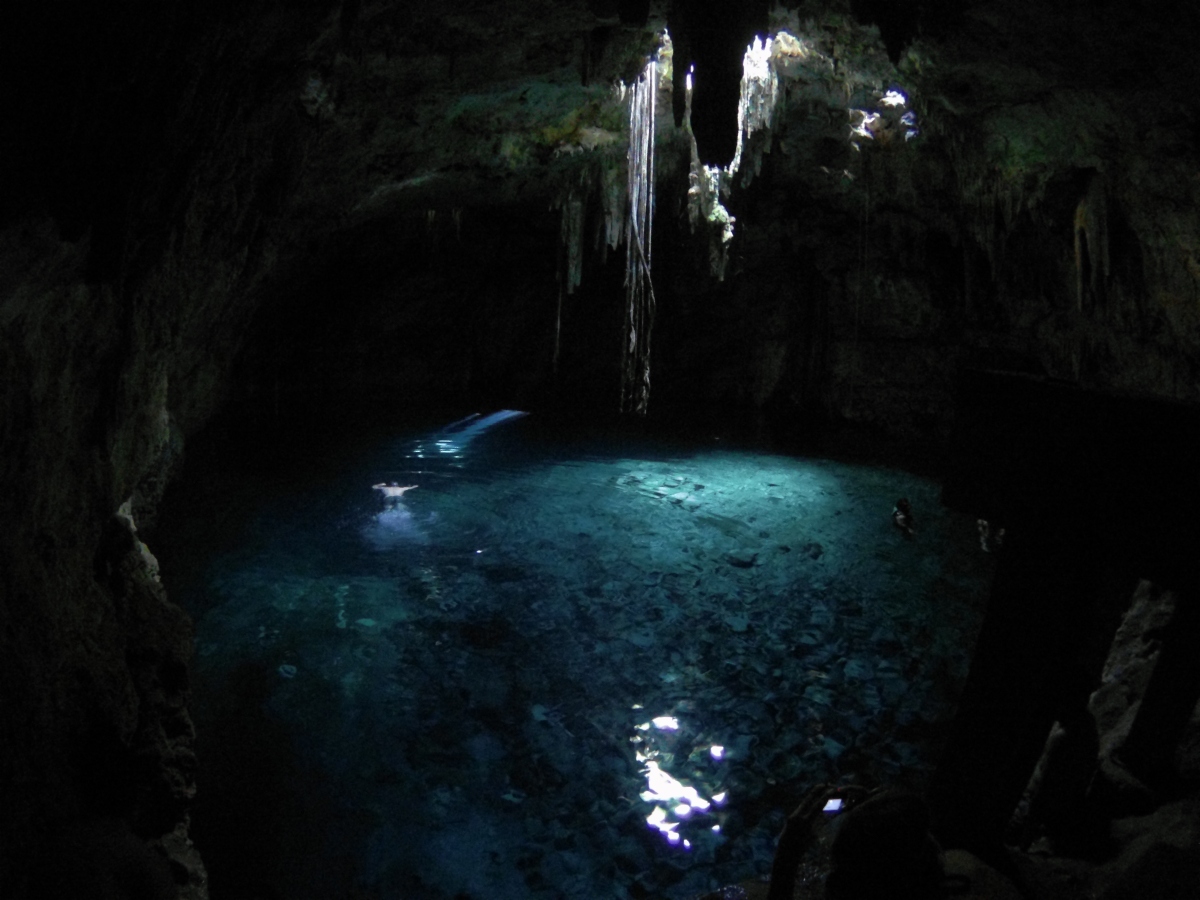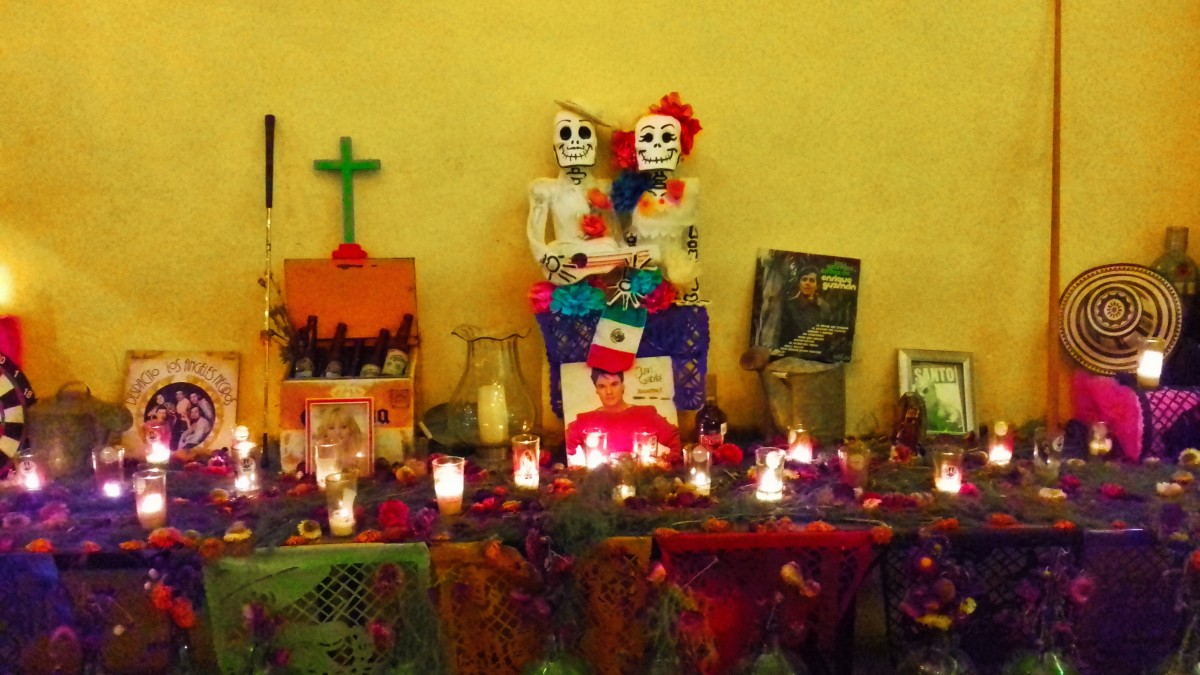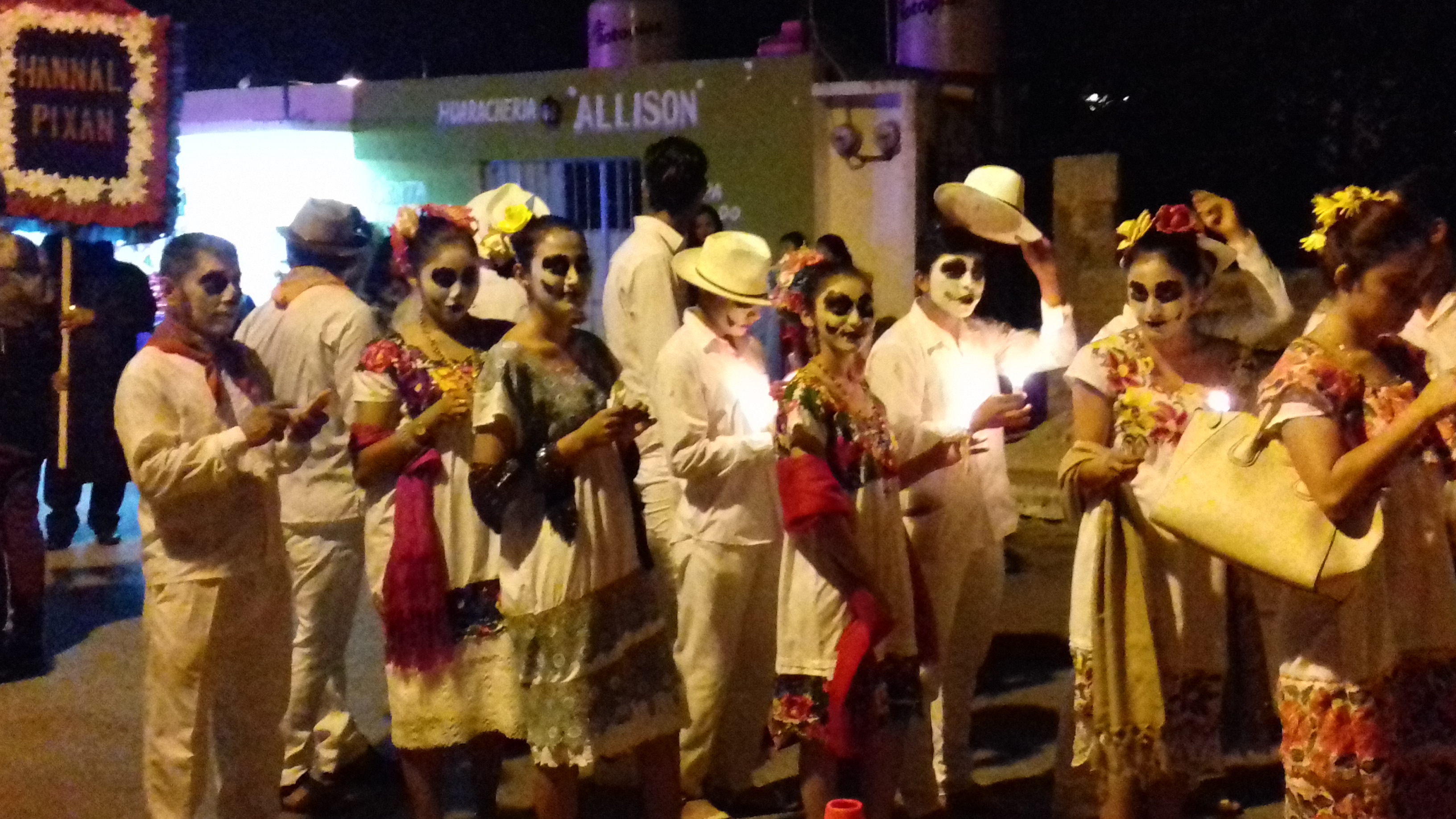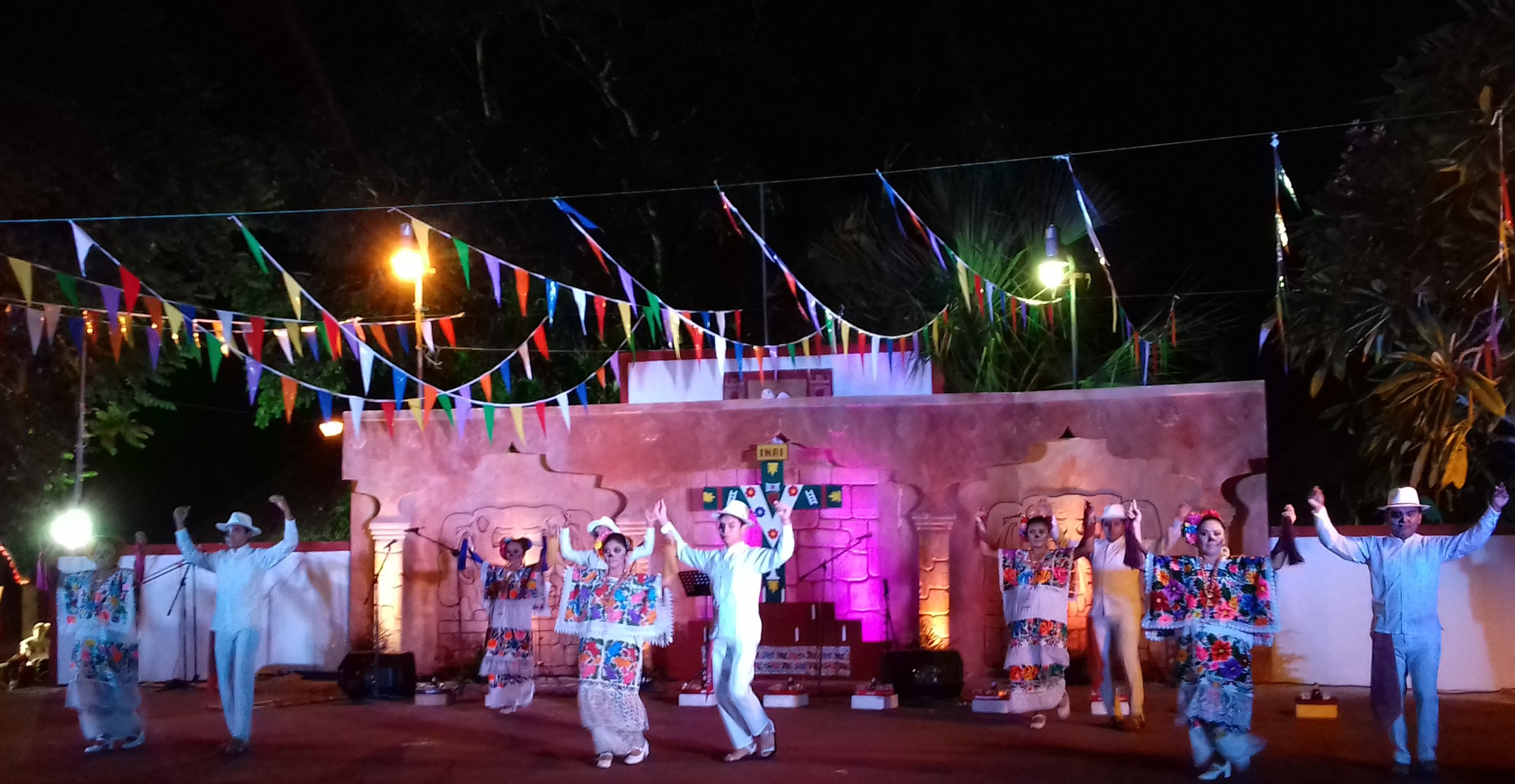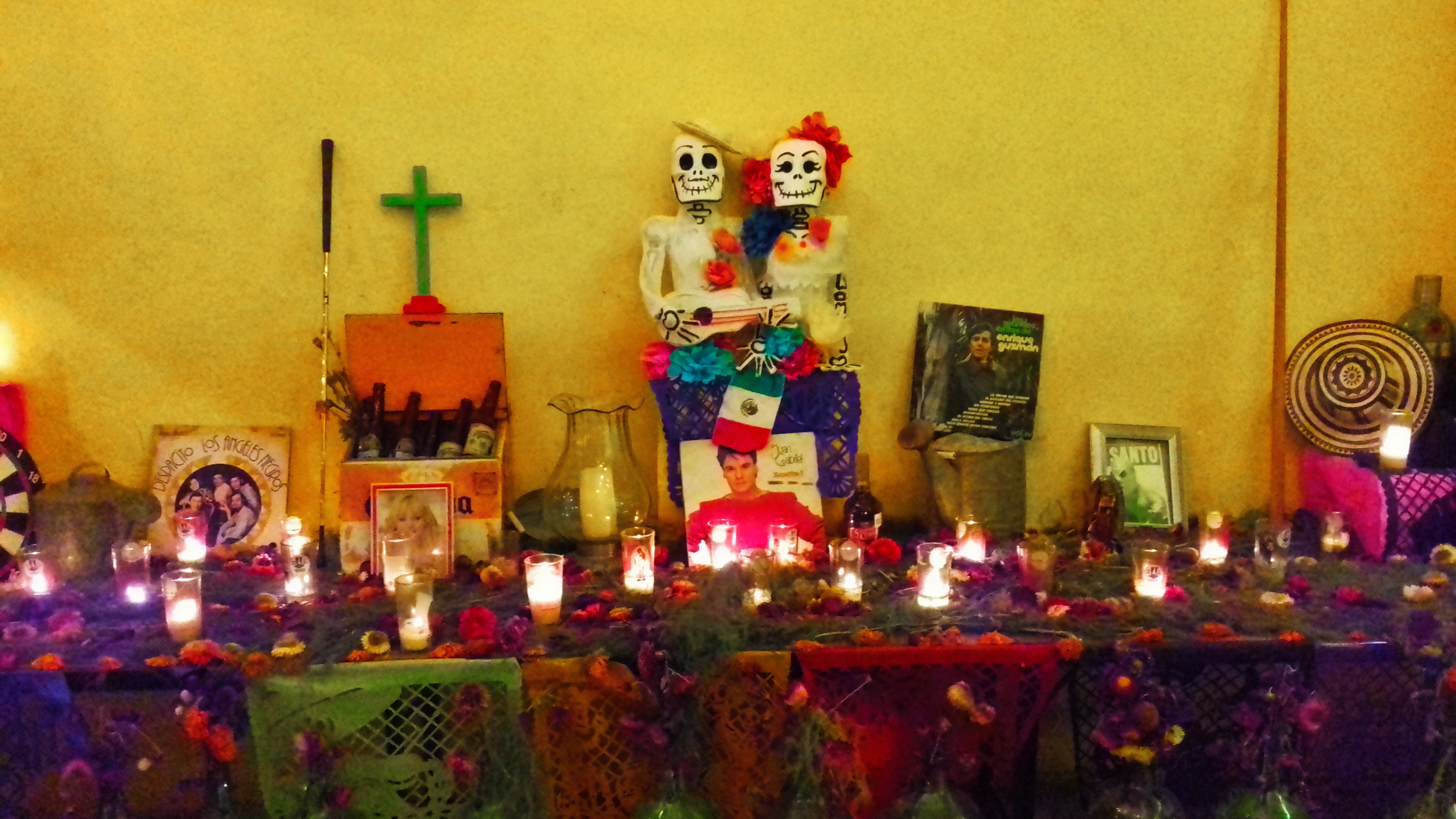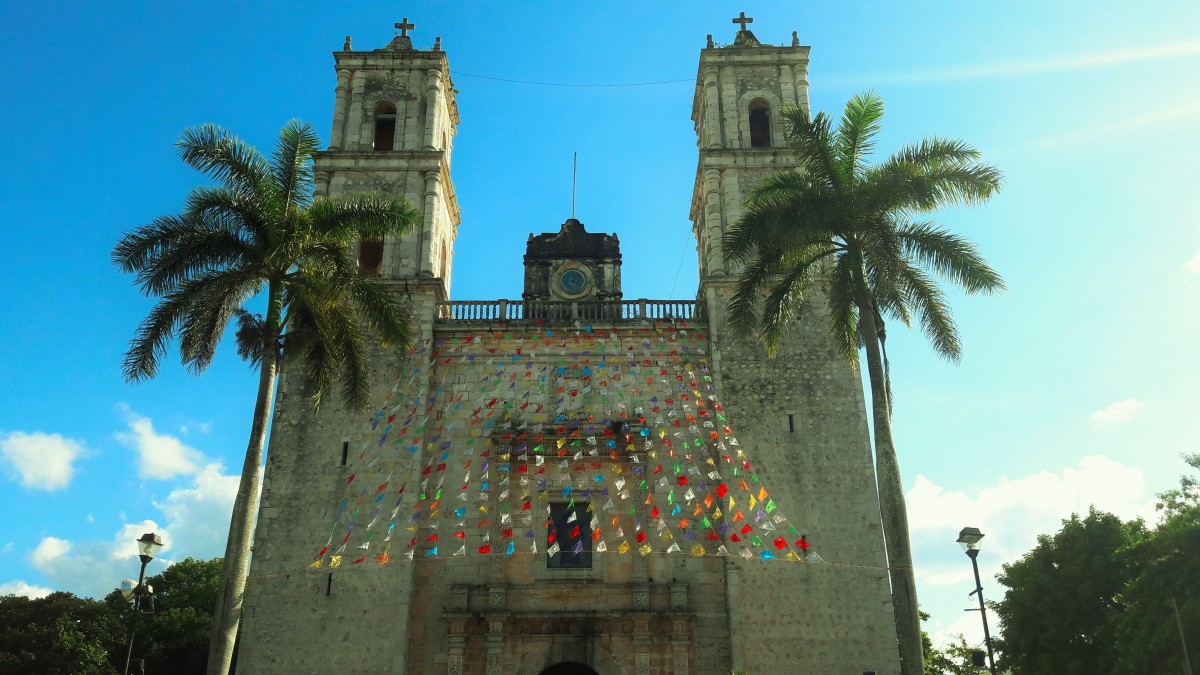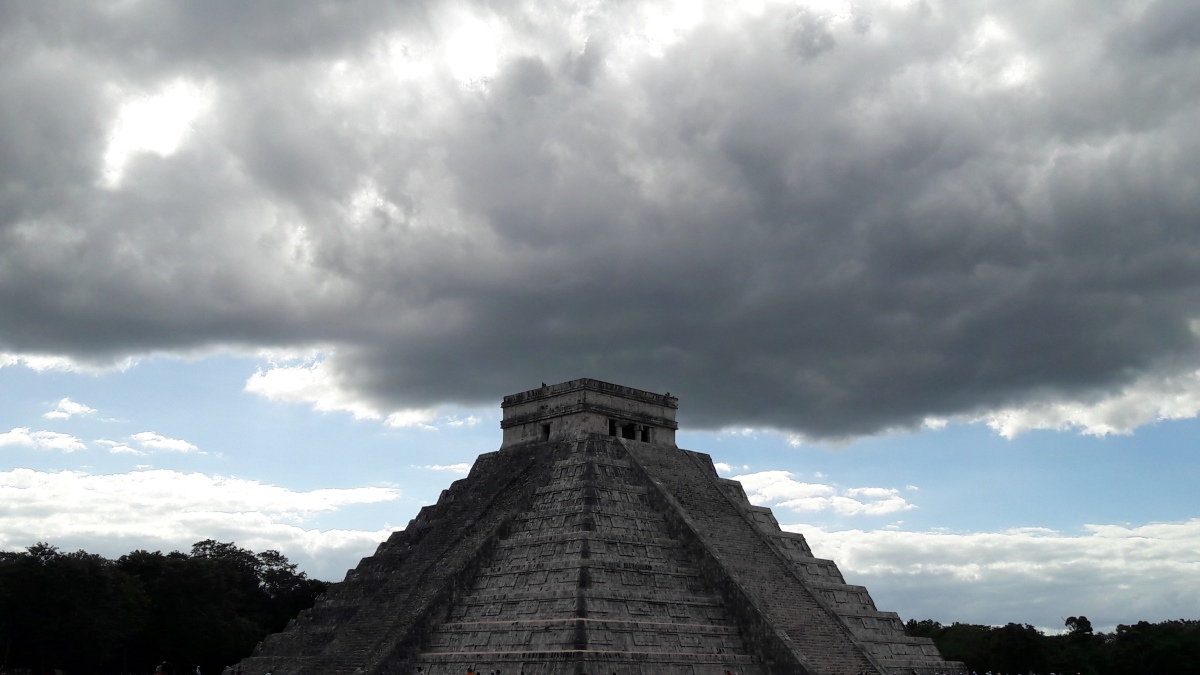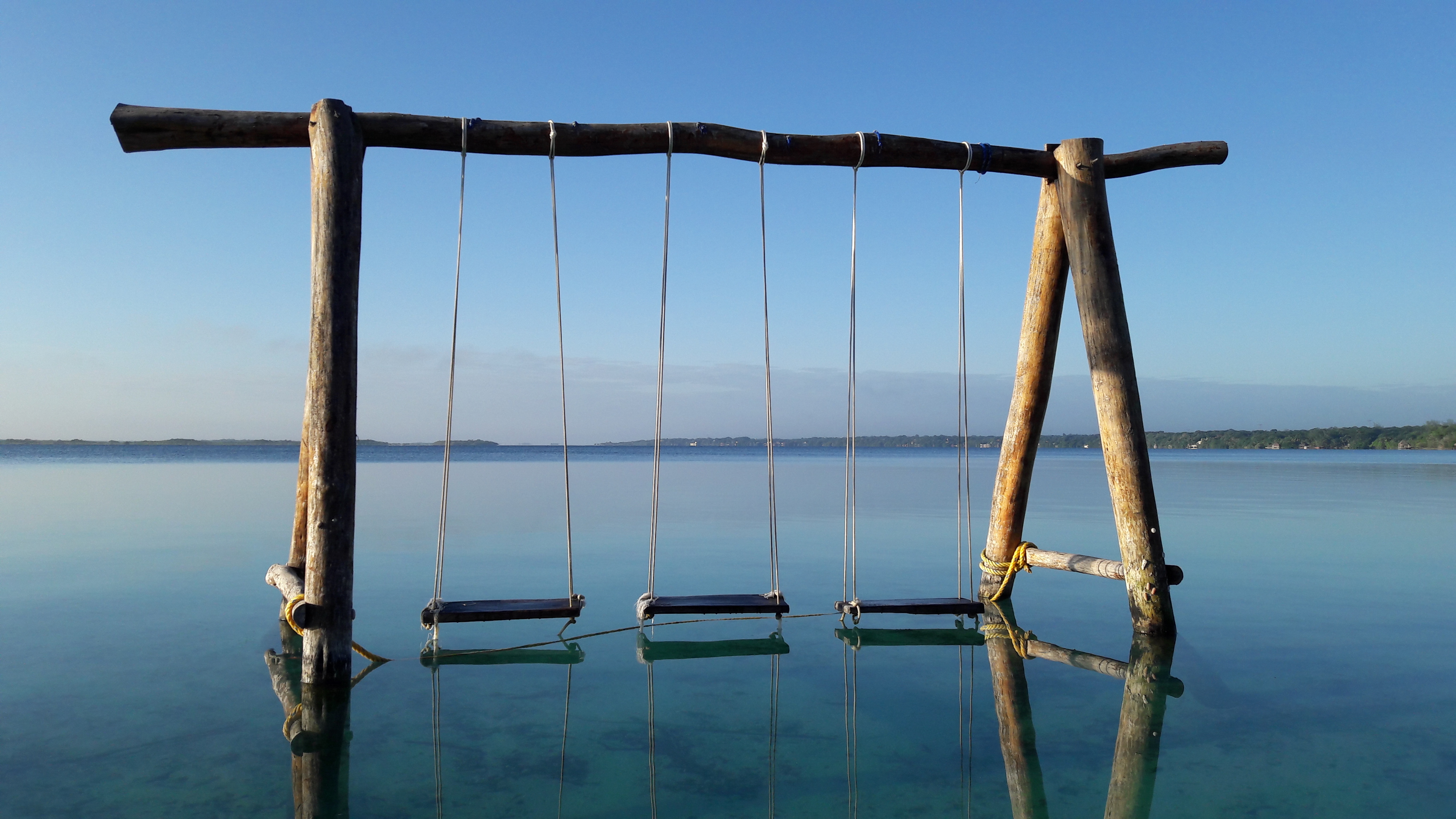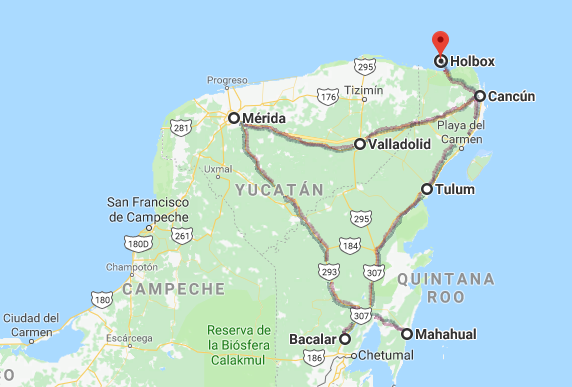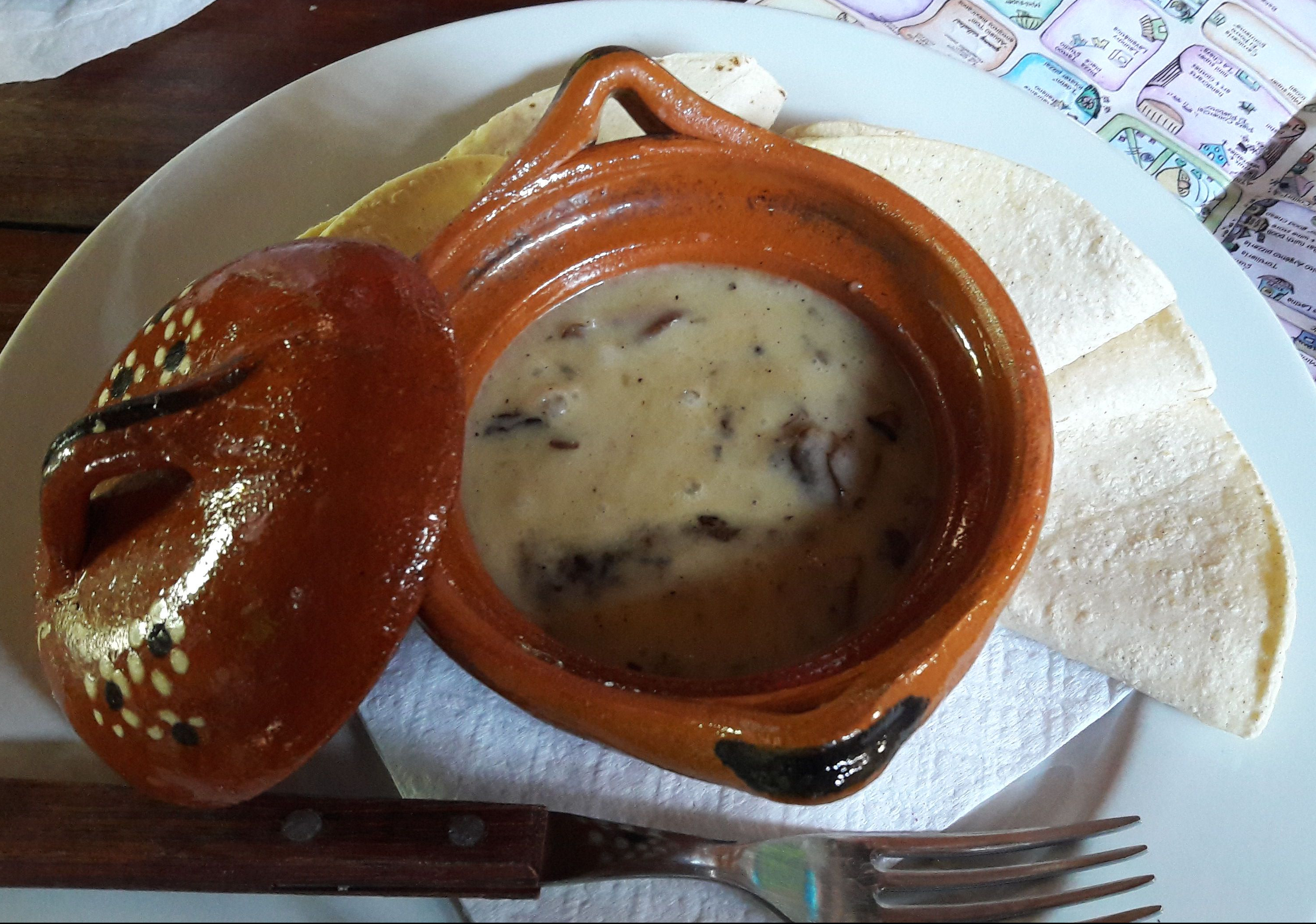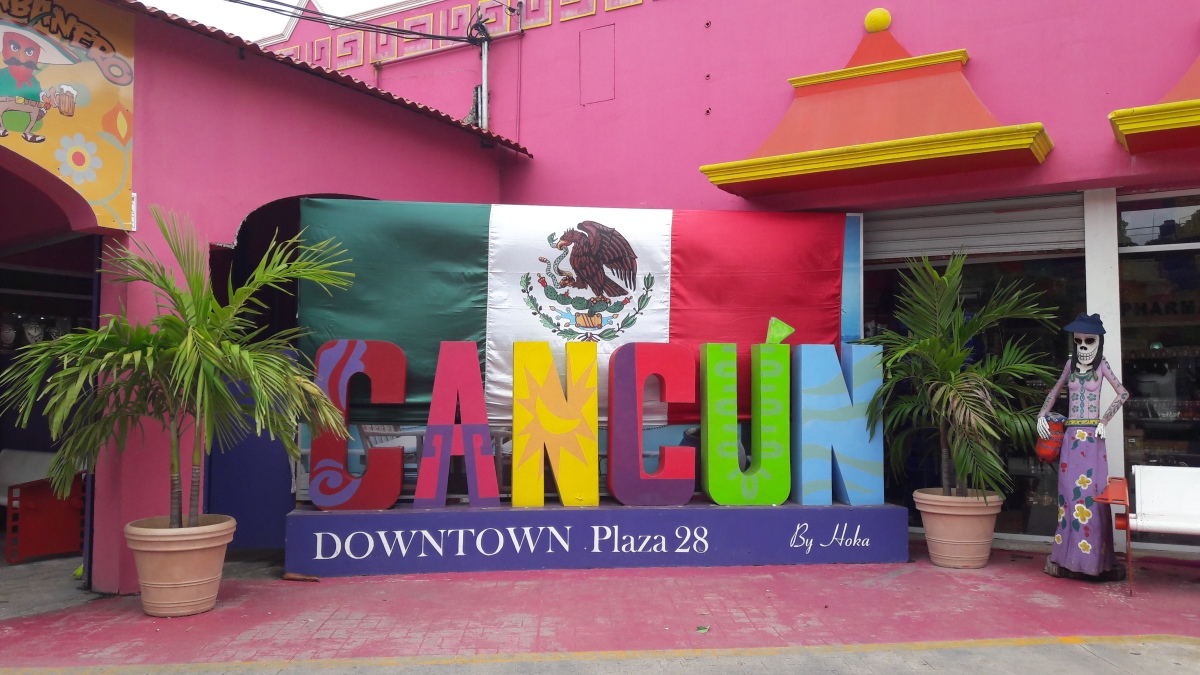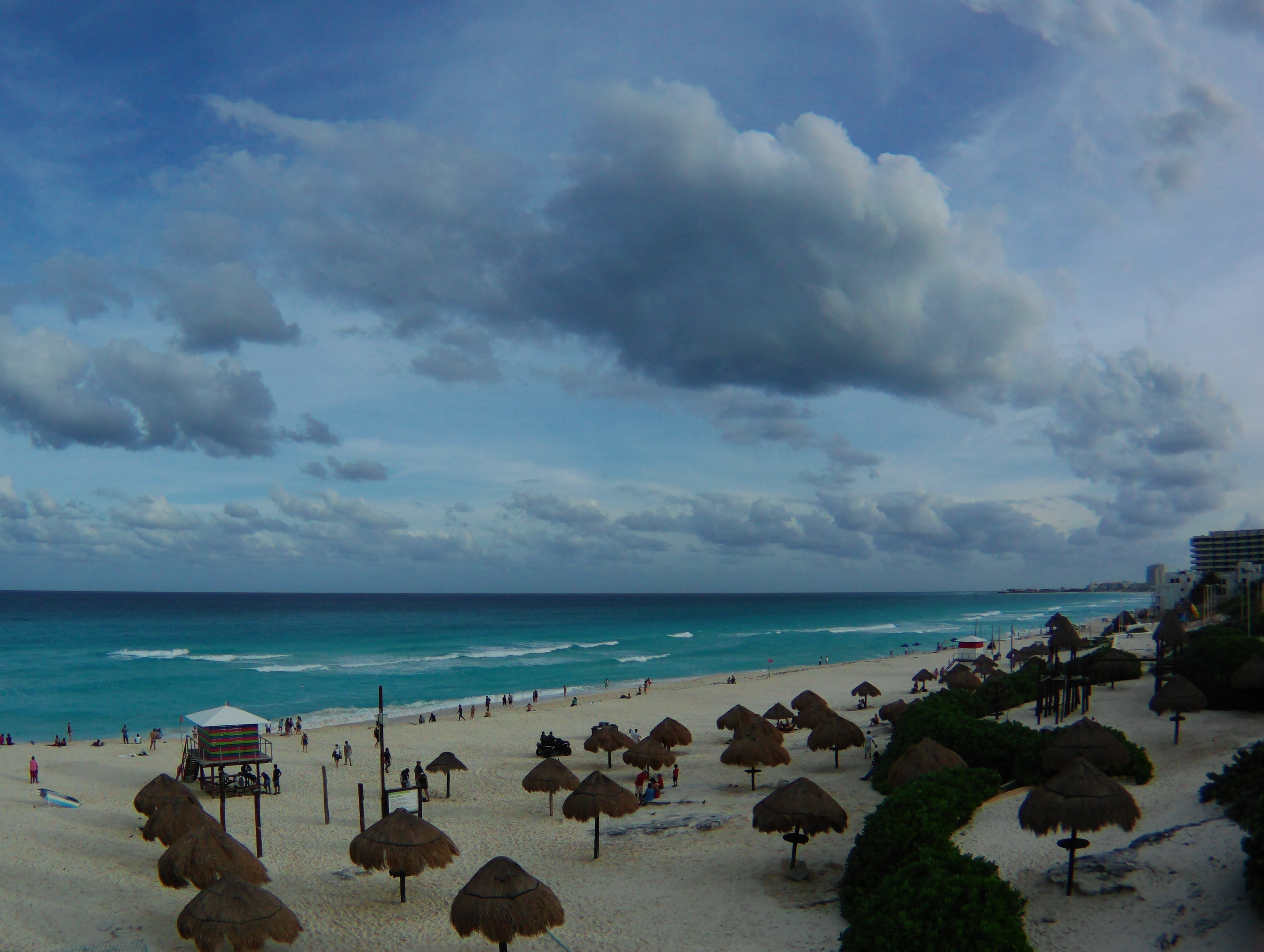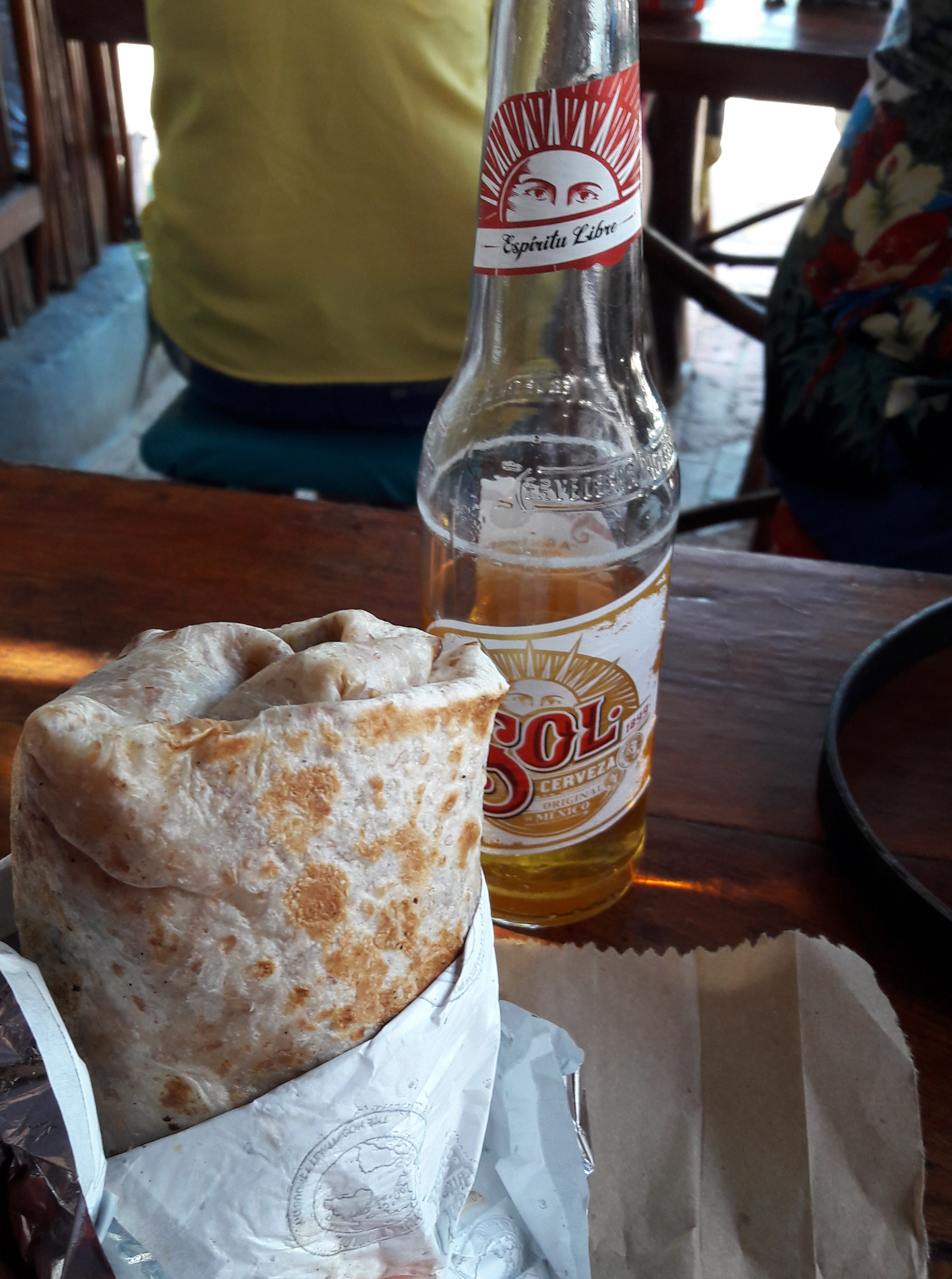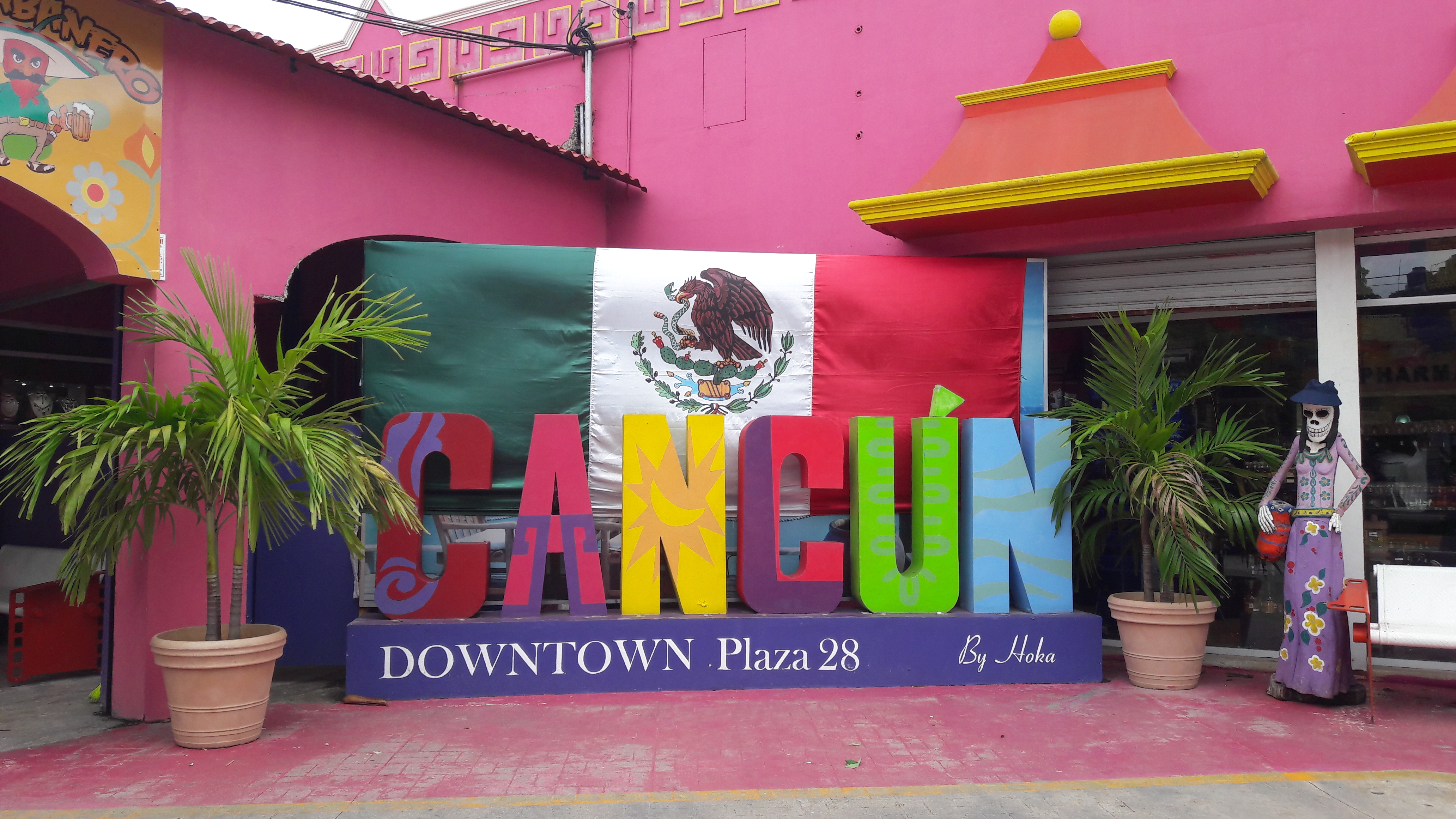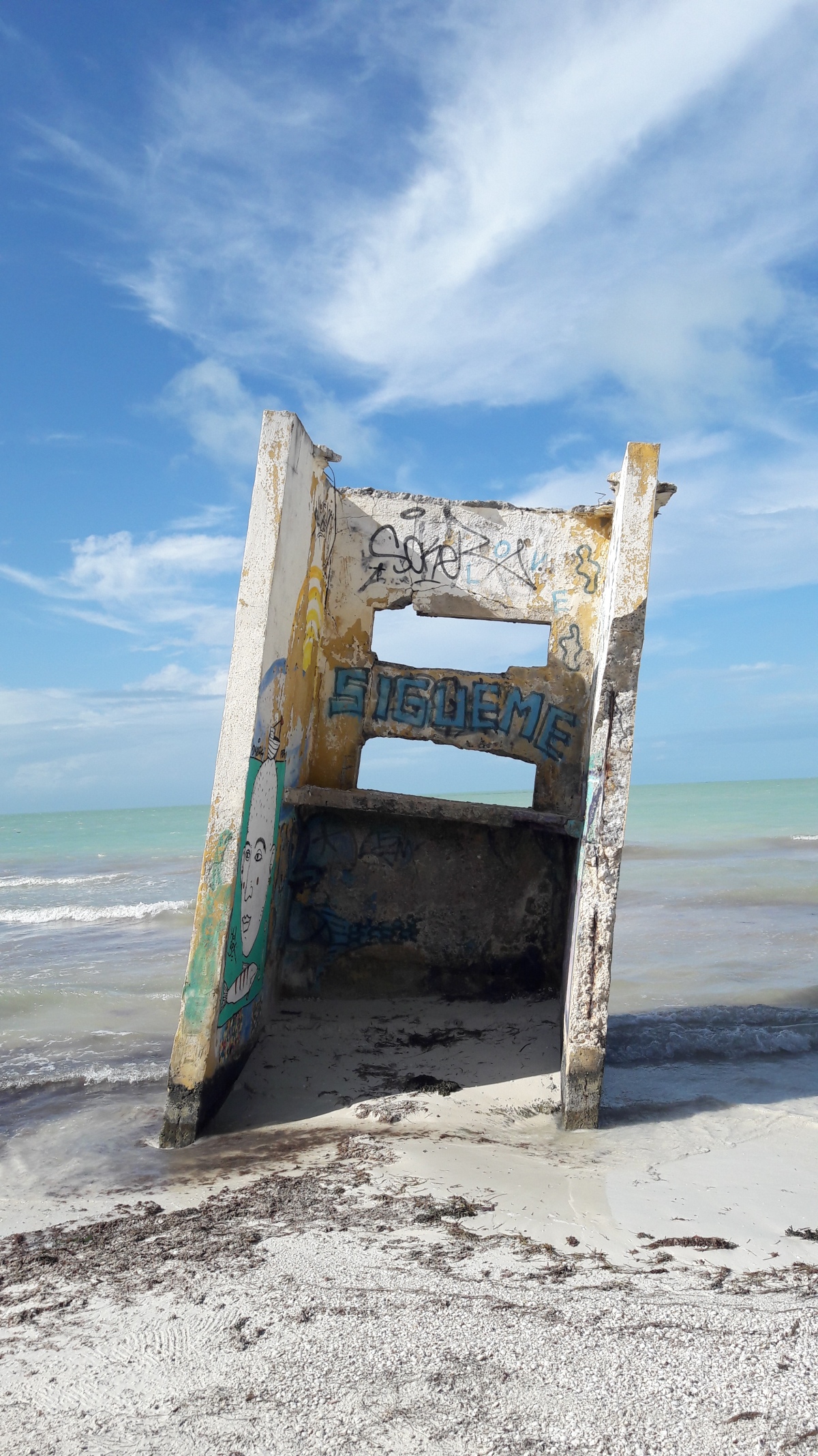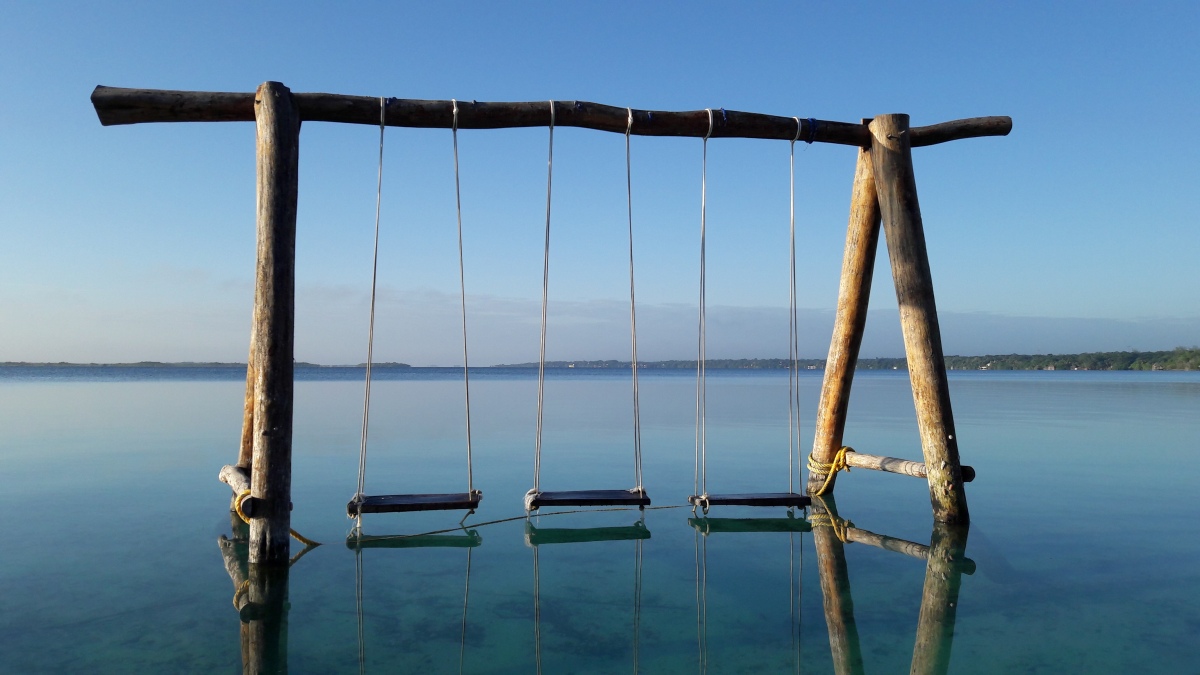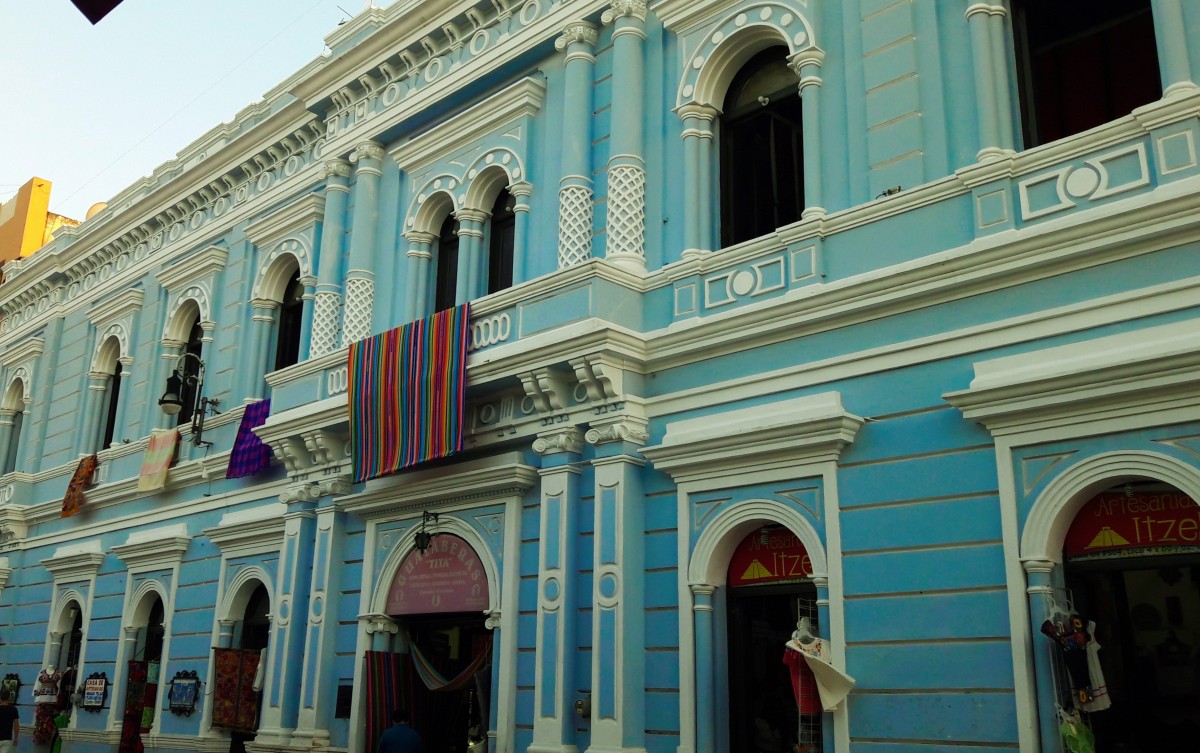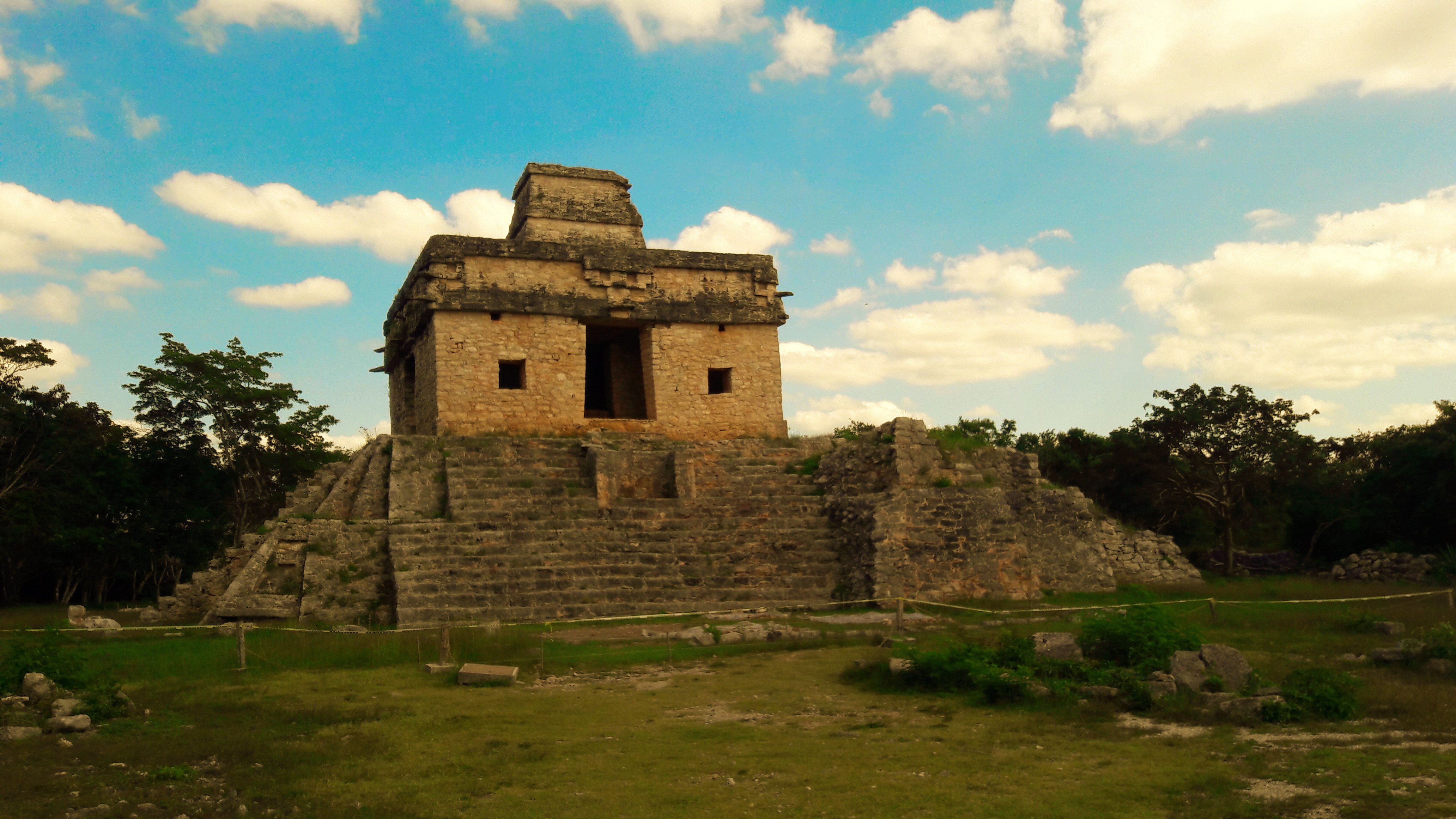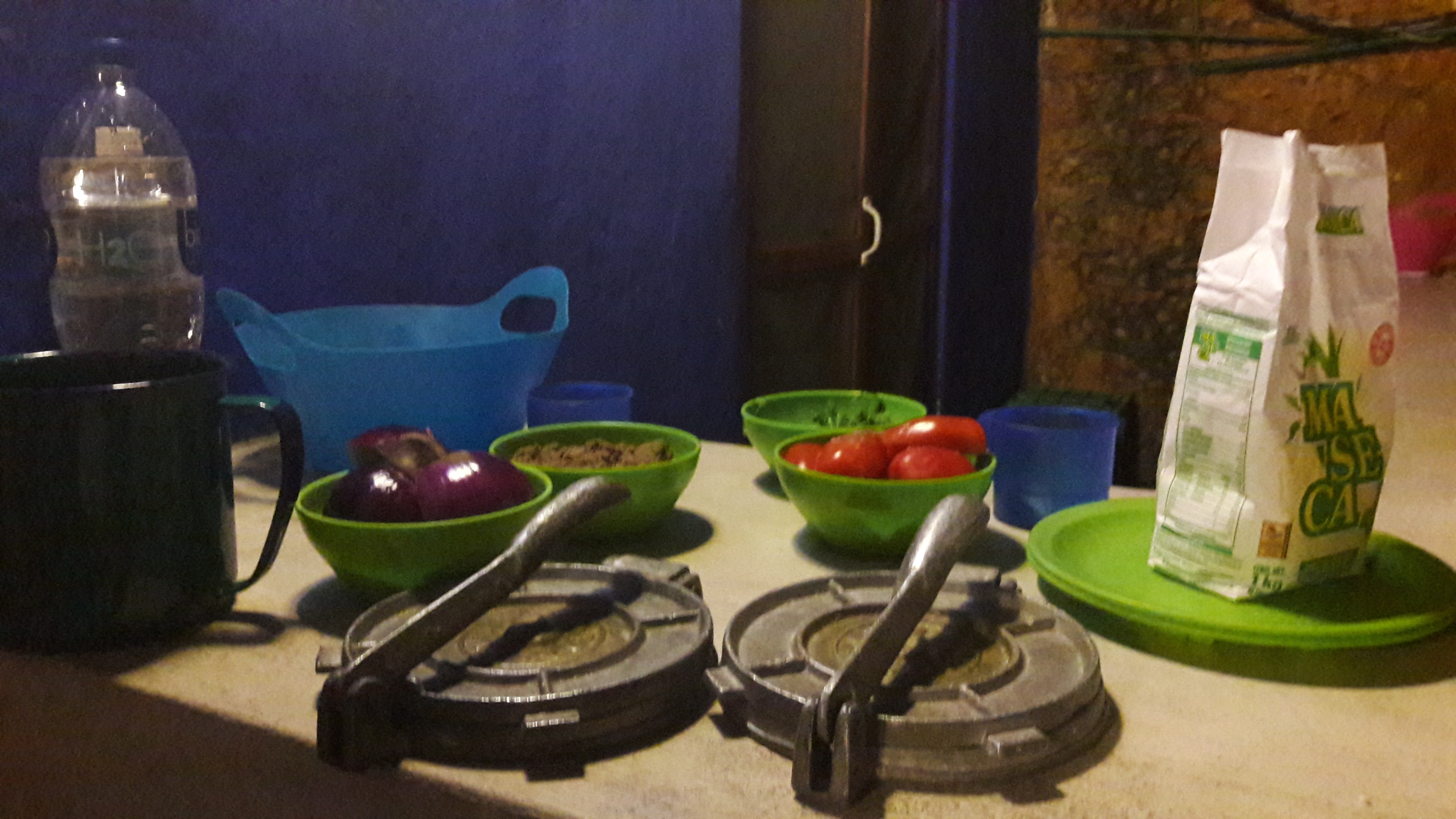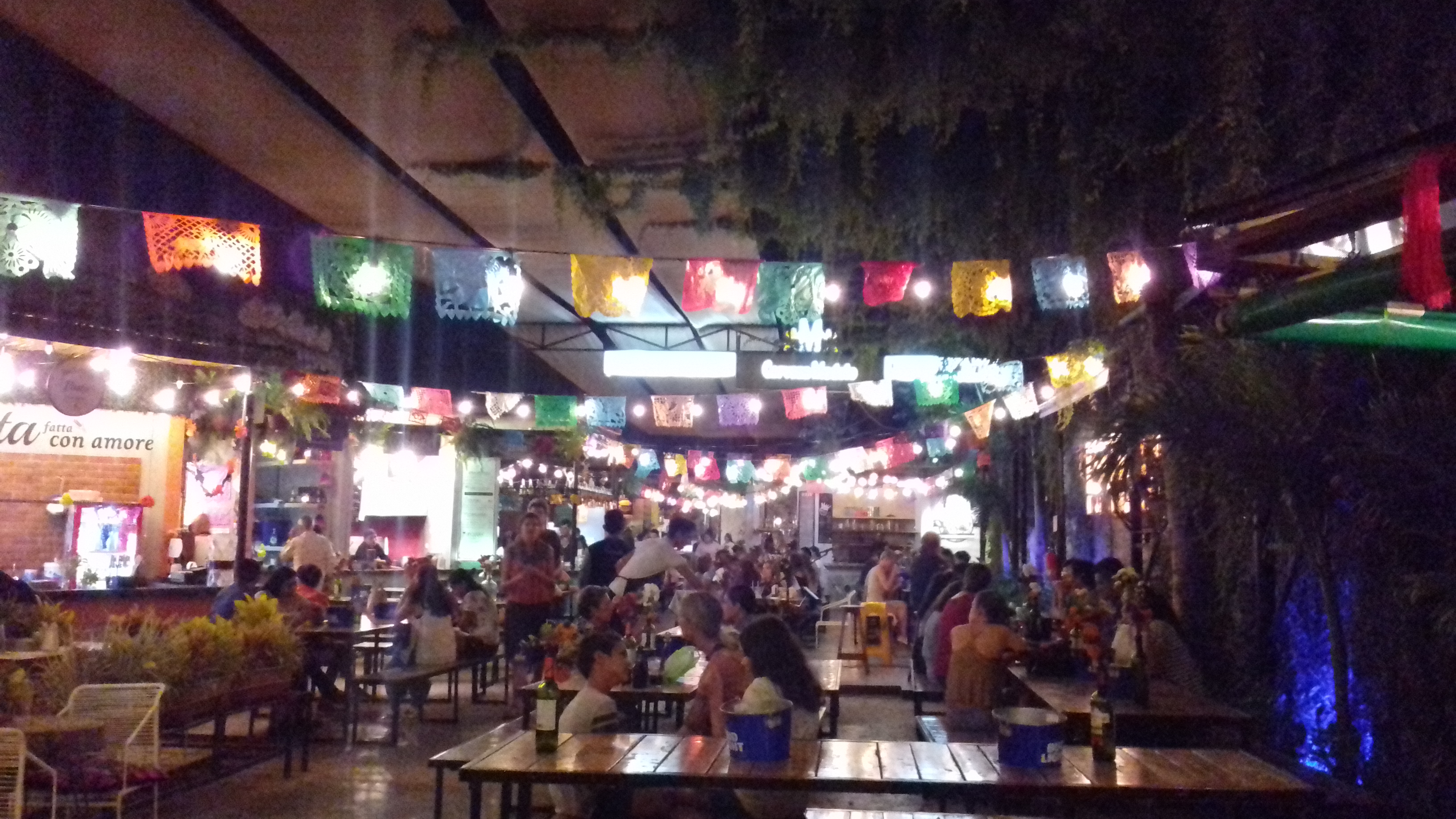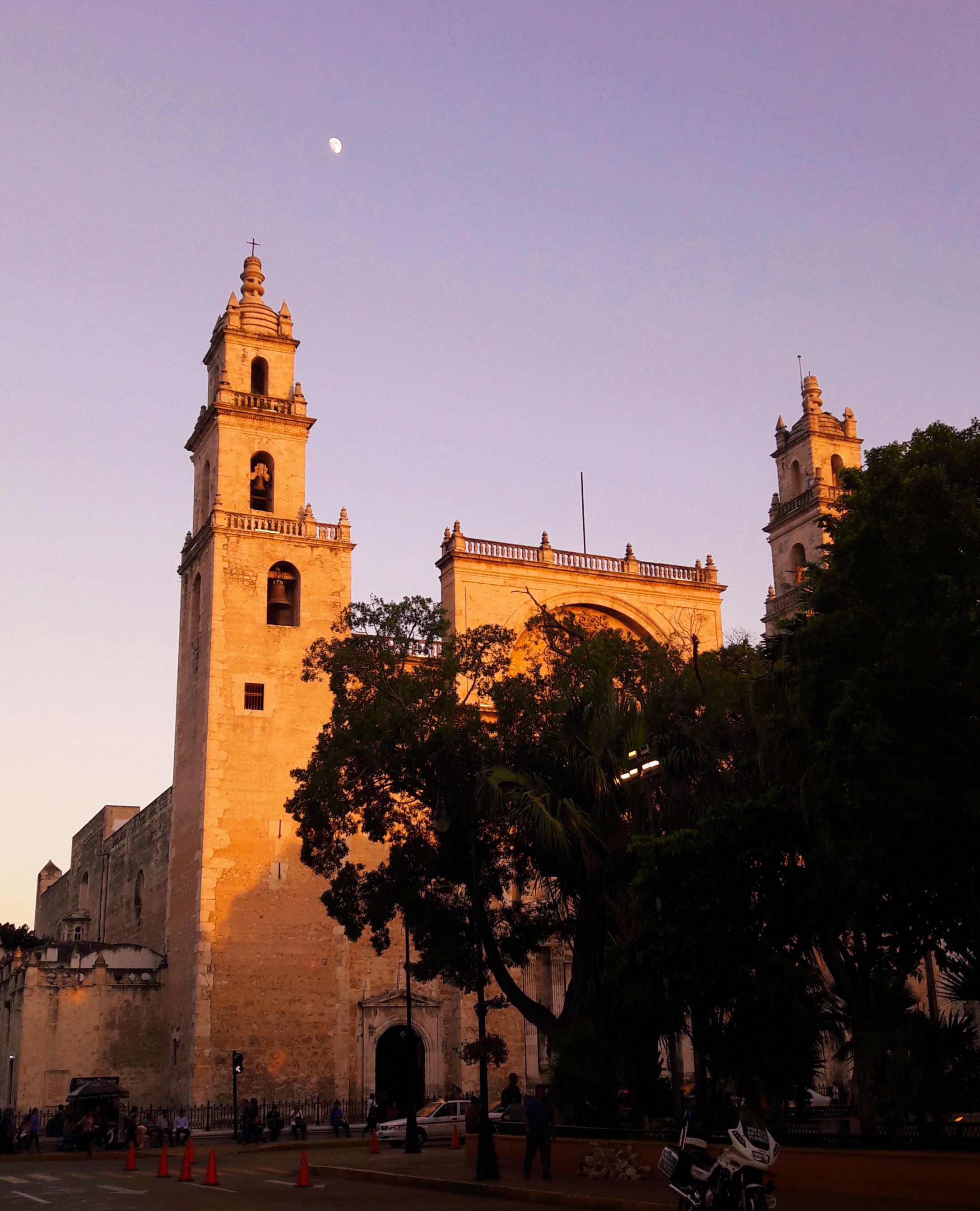Cenotes imperdibili e come arrivarci
Vi siete mai imbattuti in articoli chiamati “Luoghi da vedere prima di morire” o “Dieci luoghi surreali da visitare”, dove vedete le immagini di queste perfette piscine sotterranee, con la vegetazione che scende dall’alto e l’acqua cristallina?
I cenotes sono doline naturali, tipiche della penisola dello Yucatan, formate dal crollo della roccia calcarea, un tempo luoghi sacri per gli antichi Maya. Mentre i cenotes all’aperto sono colpiti dalla luce del sole che crea meravigliose sfumature blu e verdi nell’acqua, i cenotes sotterranei sono luoghi magici e surreali che ti faranno sentire come in un sogno.
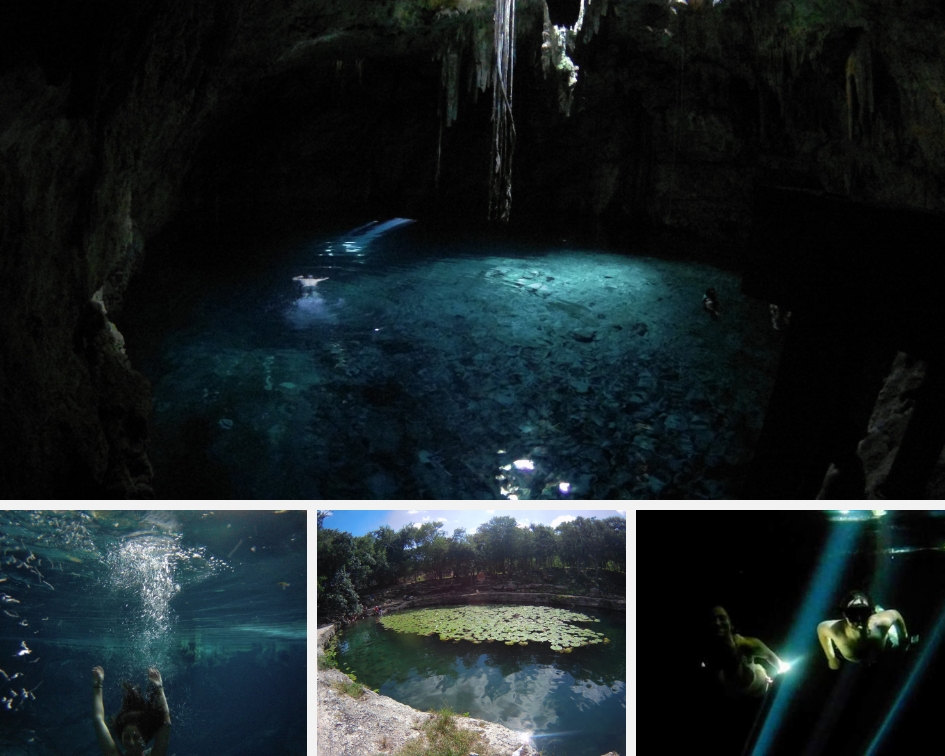
Ecco un elenco di quelli che ho visitato e che mi hanno colpita di più insieme ad alcune informazioni pratiche, come i costi e come arrivarci.
1. Cenote Ik Kil
Ik Kil è probabilmente il cenote più famoso e fotografato dello Yucatan. Anche se questo è, in effetti, un posto bellissimo, con piante meravigliose che scendono dall’alto e un trampolino perfetto per i vostri tuffi, ha tutti i lati negativi di luoghi molto turistici. Se arrivate dopo le 9 del mattino, oltre alla vegetazione e all’acqua limpida, vedrete anche centinaia di persone con giubbotti di salvataggio arancioni che tengono selfie stick e fanno foto (un posto cosi, dopotutto, va immortalato!).
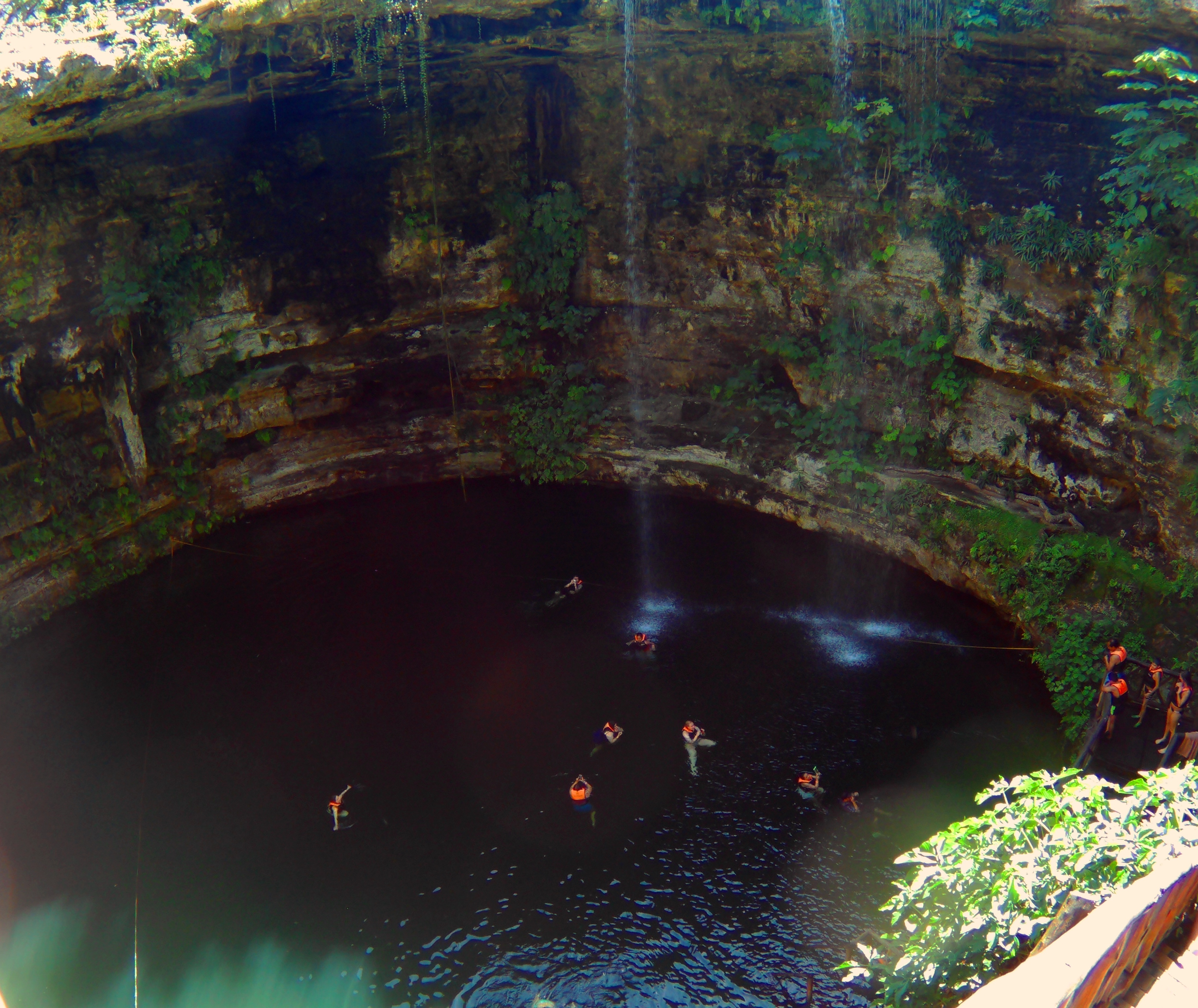
Costo: 70 pesos (circa €3)
Come arrivarci: a meno che non prendiate un tour organizzato a Chichen Itza – o non avete la vostra macchina – è impossibile arrivarci con i mezzi pubblici. Ma, se decidete di visitare Chichen Itza senza un tour organizzato, tenete presente che Ik Kil dista solo 7km da Piste (il paese perfetto dove passare la notte se pensate di fare un’escursione fai da te a Chichen Itza) e 3km da Chichen Itza, quindi un taxi non dovrebbe costarvi più di 100 pesos (€5).
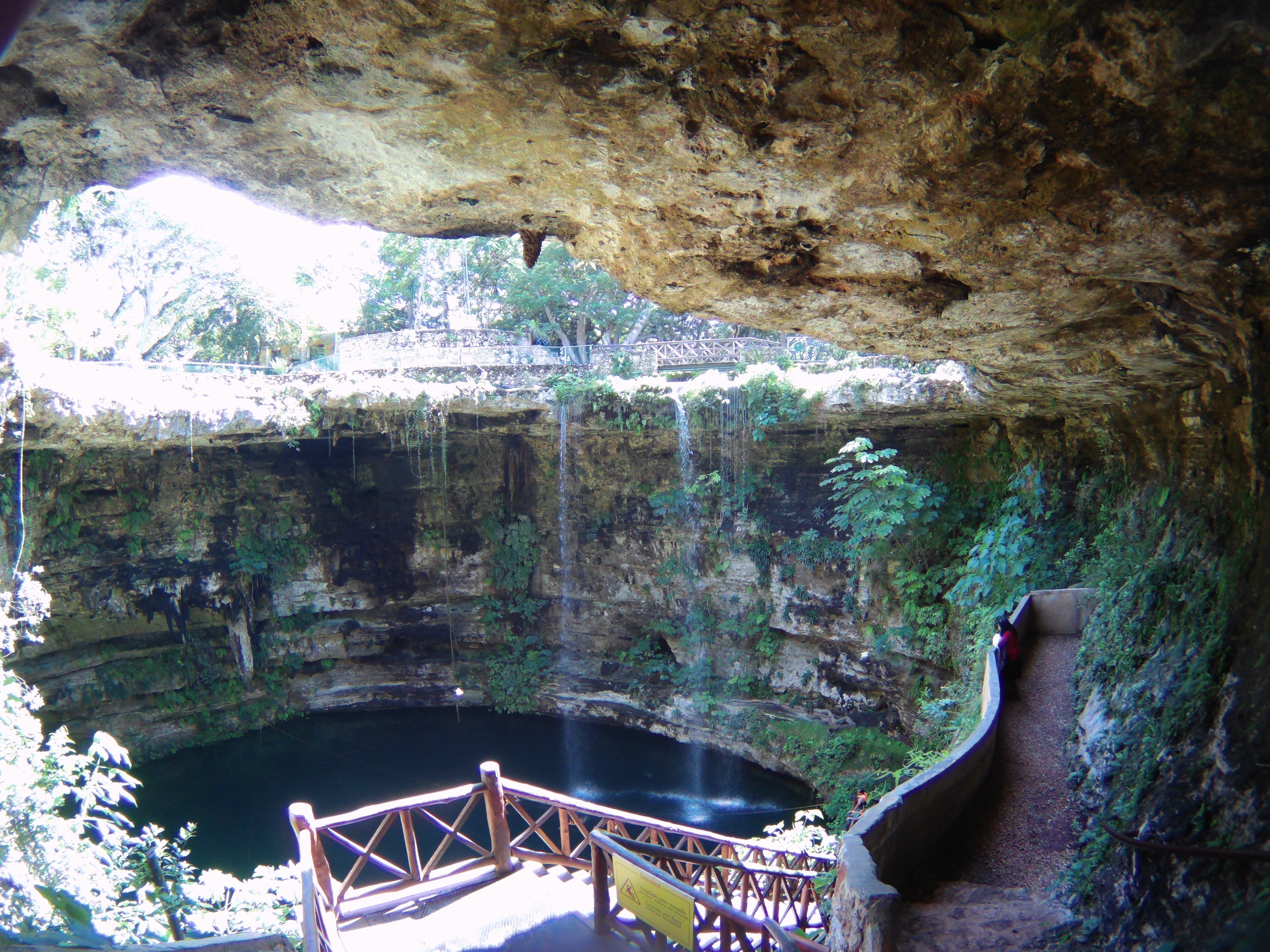
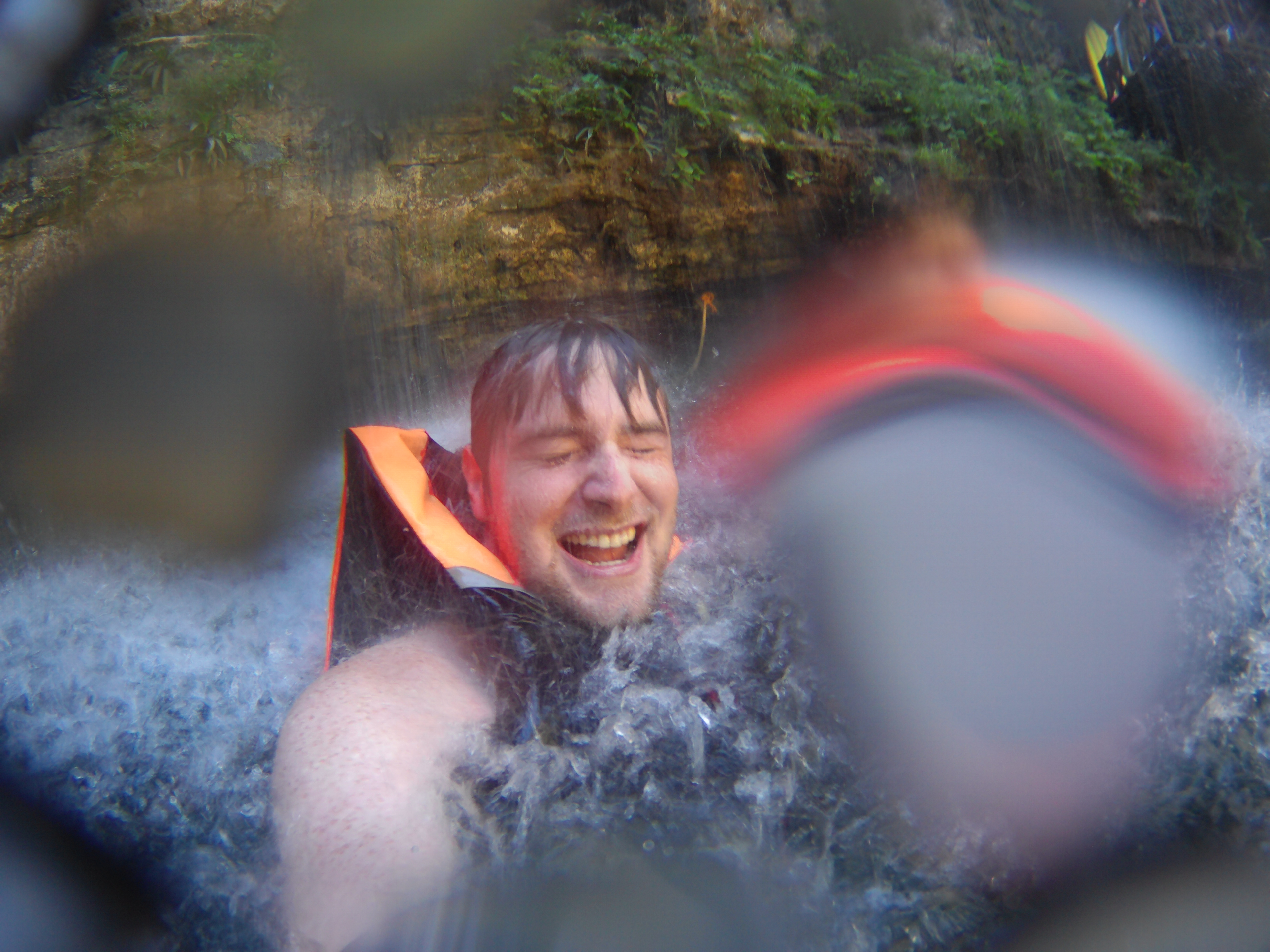
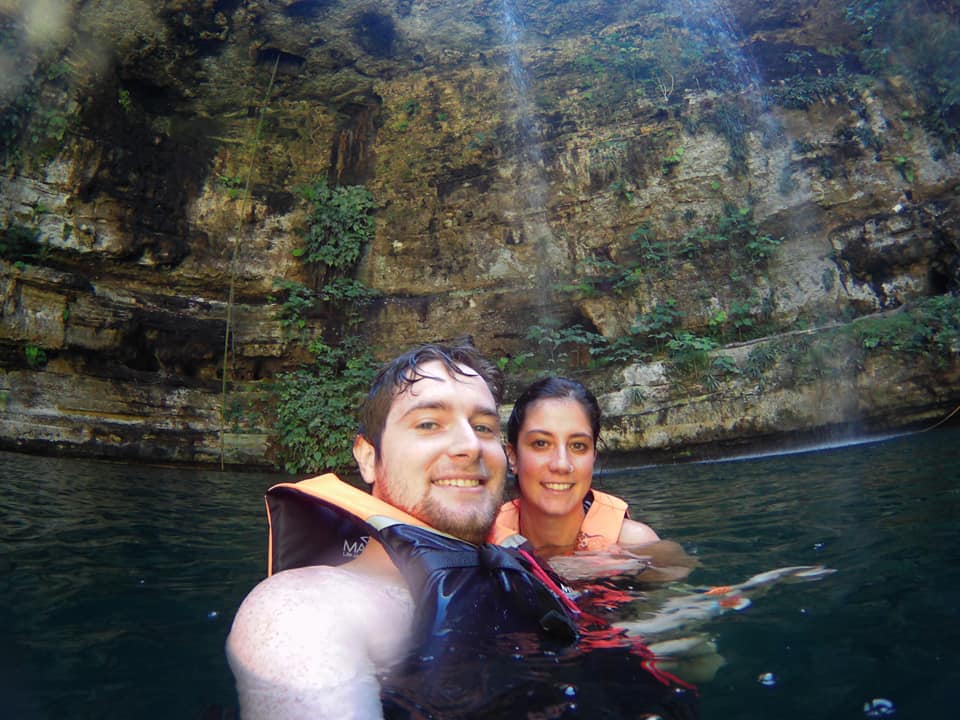
2. Cenote Dzitnup
Cenotes Dzitnup è un complesso di cenotes sotterranei a soli 40 minuti da Valladolid. Uno dei due cenotes che troverete qui, Xexhen, è un’enorme grotta sotterranea con un po ‘di luce naturale che entra tra le rocce. Il secondo cenote, Sumala, è più piccolo ma è famoso per le sue tre sfumature di colori nell’acqua chiaramente visibili, dal celeste chiaro al verde al blu molto scuro.


Costo: 100 (€4) pesos per un cenote e 180 (€7) pesos per entrambi.
Come arrivarci: prendete un collectivo da Valladolid in calle 44, tra la 41 e la 43, oppure se ci sono più di due persone, vale la pena prendere un taxi che ti porterà direttamente sul posto per circa 40 pesos ciascuno (€1.50).
3. Cenote Zaci
Proprio nel mezzo di Valladolid, questo cenote è il luogo perfetto per rilassarsi, nuotare e fare dei tuffi dalla scogliera. È anche il più facile ed economico da visitare nello Yucatan. Assicuratevi di guardarlo da tutte le diverse angolazioni e rinfrescatevi nella sua piscina naturale durante le giornate molto calde a Valladolid.
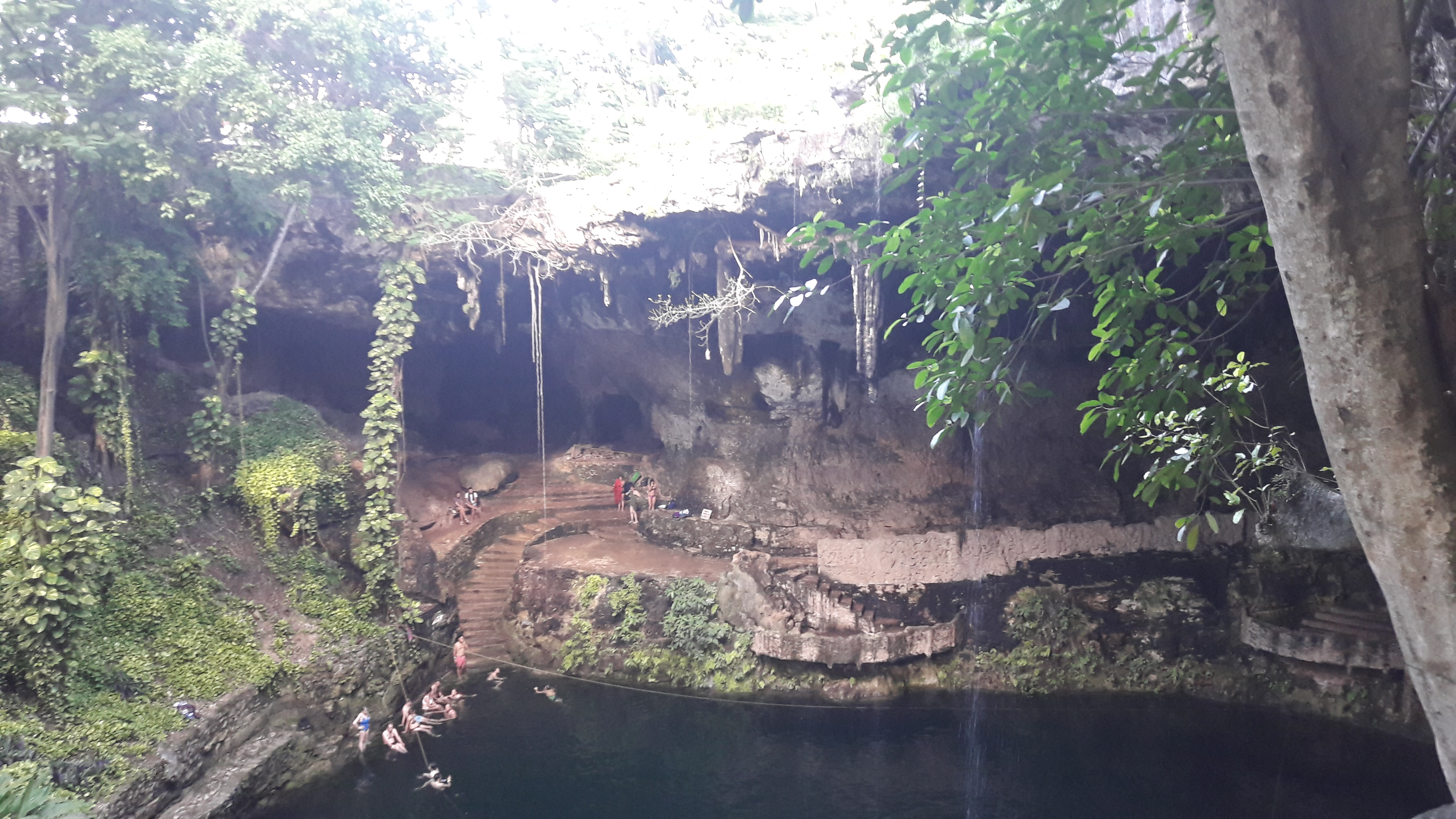
4. Cuzama Cenotes
Sicuramente il mio preferito tra tutti quelli che ho visitato, questo posto si trova a pochi chilometri da Merida e include tre splendidi cenotes, e il modo in cui si visitano questi cenotes rende questa esperienza un must!
Una volta arrivati a Cuzama, vi faranno salire su una piccola carrozza trainata da un cavallo su un binario attraverso una foresta, fino al primo cenote, Chelentun. Questo cenote sembra più una grotta ed è l’unico con parti in cui l’acqua non è profonda. Qui puoi vedere alcune stalattiti e stalagmiti mentre cammini in acqua attraverso un tunnel fino alla fine della grotta. Vi consiglio di portare una torcia, perché alcune parti possono diventare molto buie (ed è per questo che non abbiamo nessuna foto di questo cenote).
Il secondo cenote, Chacsinicche, ha acque blu intenso e un accesso molto facile. Potete usare le scale per raggiungere il livello dell’acqua o una piattaforma per tuffarsi.


Infine, si arriva al Bolonchojol Cenote, l’ultimo e meno accessibile. Per entrare bisogna scendere una scala verticale instabile fatta di legno e funi che scendono da un piccolo foro nel terreno. Anche se questo può sembrare un po ‘spaventoso, vale davvero la pena visitare e fare un bagno in questo splendido cenote – il mio preferito in assoluto – che è colpito solo da piccoli raggi di sole che passano attraverso alcuni buchi nelle pareti, facendo cambiare colore all’acqua costantemente.
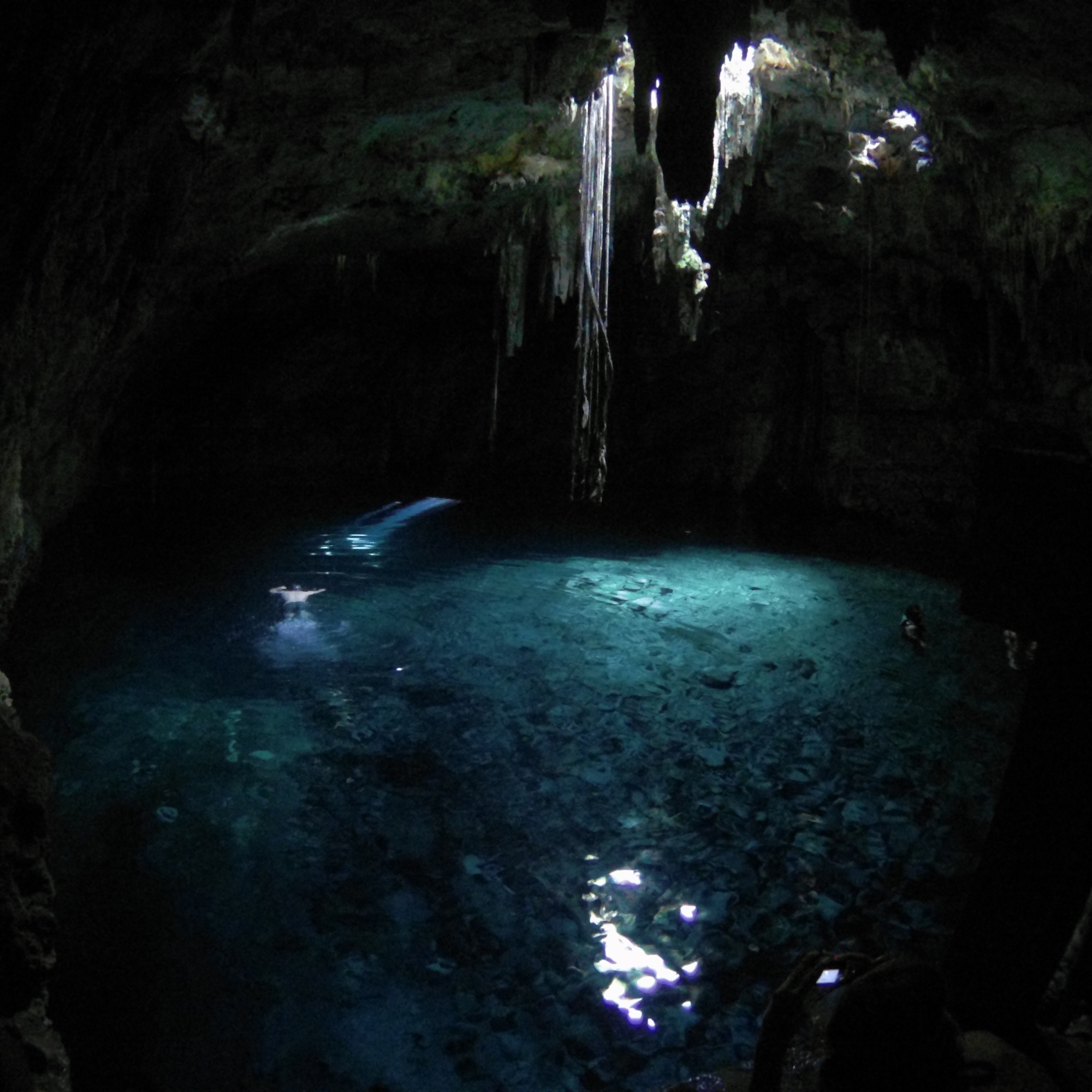
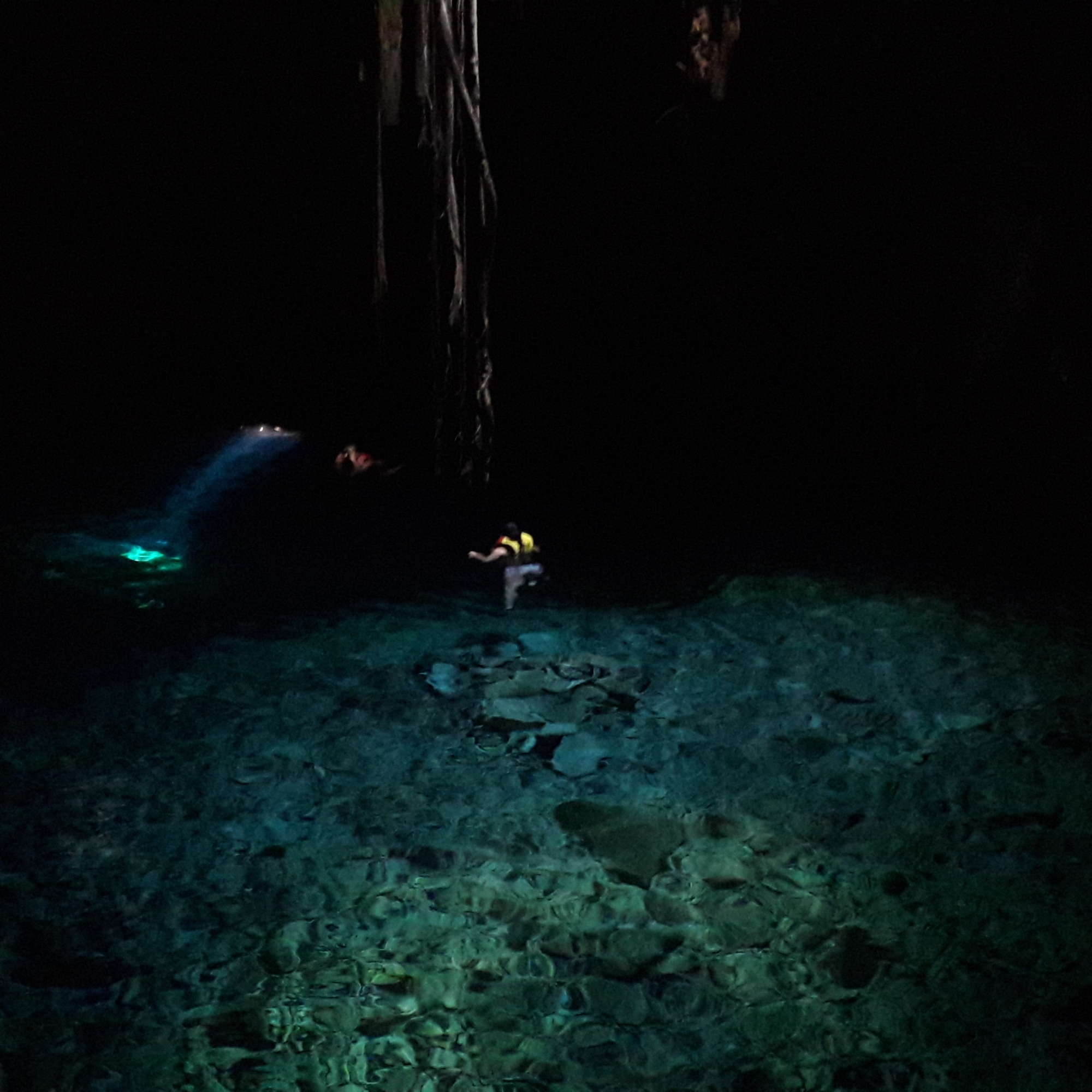
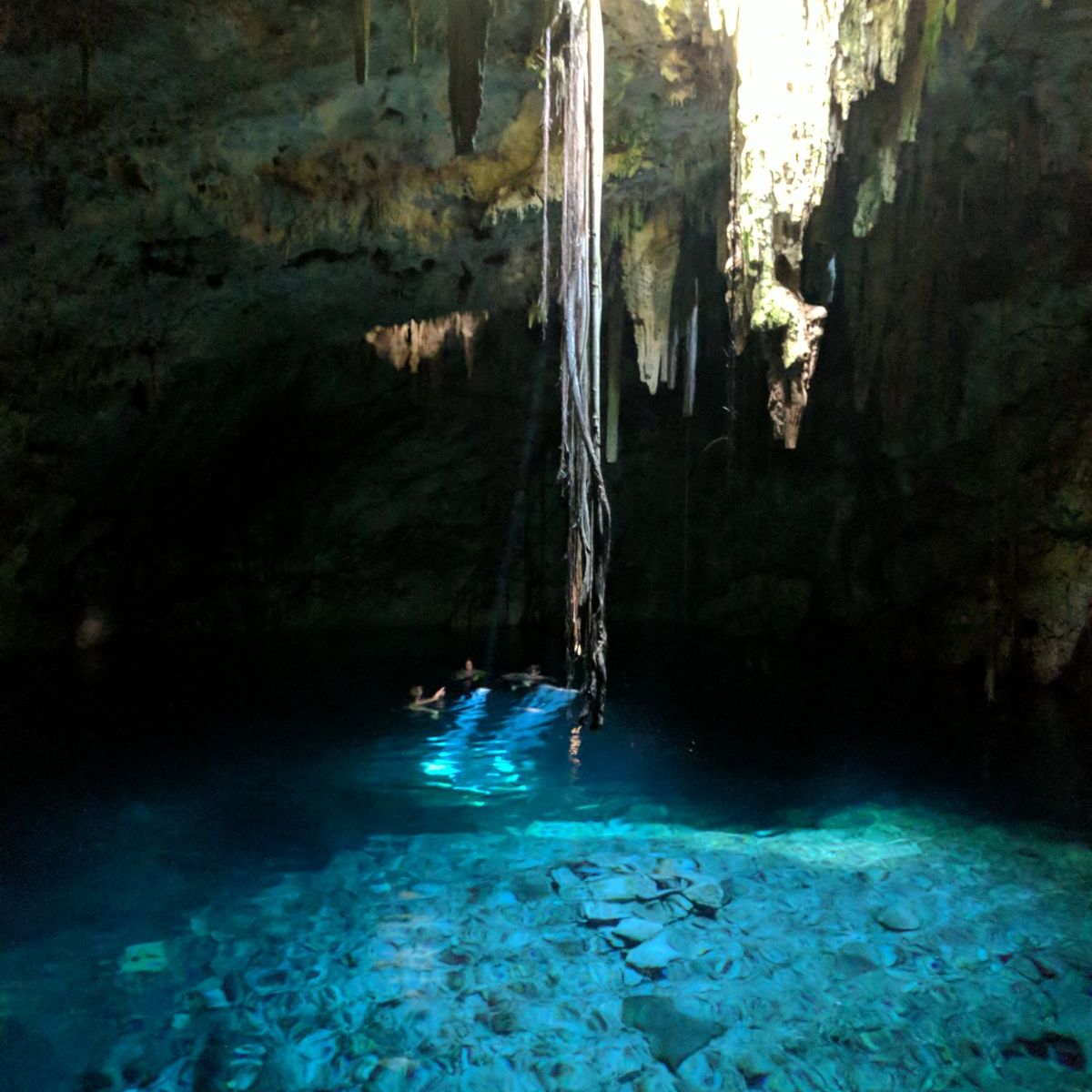
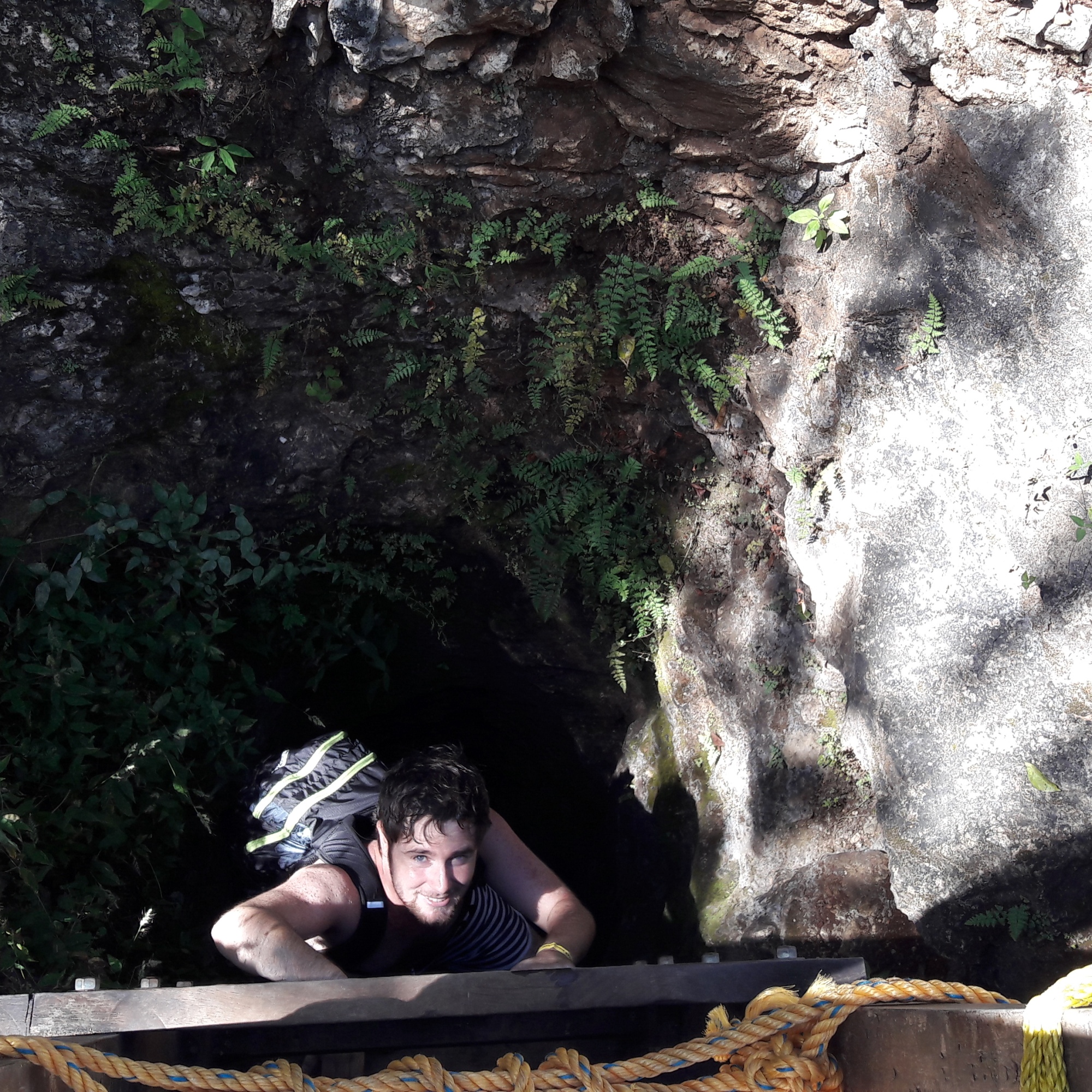
Si possono trascorrere circa 30 minuti in ogni cenote.
Costo: 300 pesos (€12), che include la carrozza per quattro persone e l’ingresso ai tre cenotes
Come arrivare: Da Merida, prendete un autobus o un colectivo in calle 67, per circa 28 o 20 pesos (circa €1), che impiega circa un’ora e mezza per arrivare a Cuzama. Qui prendete un mototaxi, per 25 pesos (€1.50) a persona, che ti porterà nel luogo da cui partono le carrozze in soli 15 minuti.
5. Xlacah Cenote
Xlacah Cenote è un cenote all’aperto situato all’interno del sito archeologico di Dzibilchaltun, considerato una delle più antiche rovine Maya, con alcuni edifici risalenti al 500 a.C. L’edificio più importante è il Tempio delle Sette Bambole. Questo cenote è il luogo perfetto per una gita di un giorno da Merida.
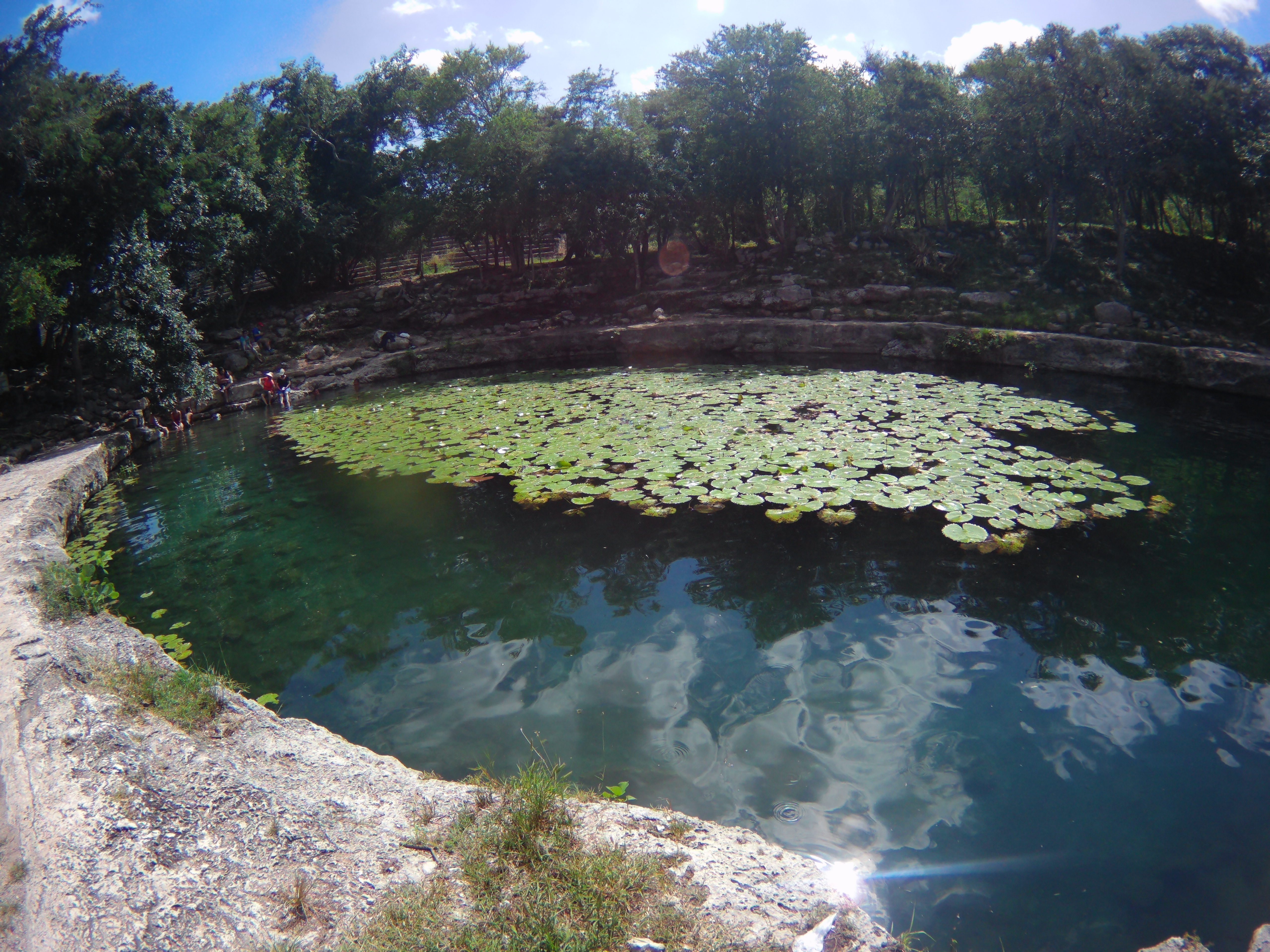
Costo: 120 pesos per gli stranieri e include l’ingresso al cenote e ad un museo.
Come arrivare: da calle 62 a Merida, prendete un autobus per 14 pesos che ti porterà lì in 40 minuti.
POTREBBERO INTERESSARTI ANCHE:
